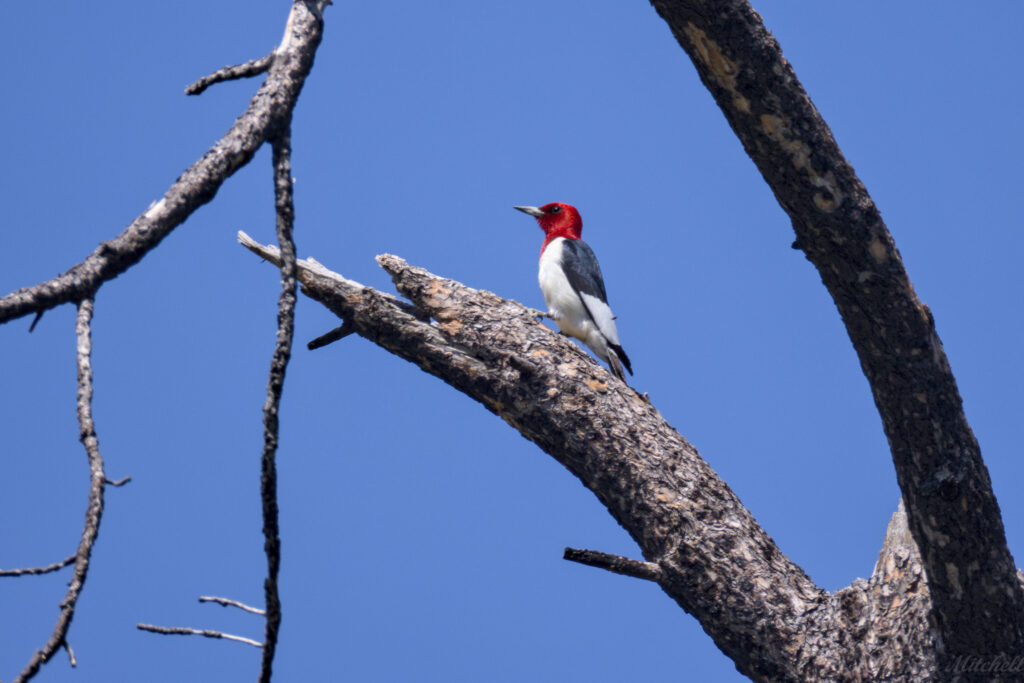- Blackbirds (Icteridae)
- Cardinals (Cardinalidae)
- Catbirds, Mockingbirds, Thrashers, & Tremblers (Mimidae)
- Cranes (Gruidae)
- Crows (Corvidae)
- Doves & Pigeons (Columbidae)
- Ducks, Geese, & Swans (Anatidae)
- Eagles & Hawks (Accipitridae)
- Finches (Fringillidae)
- Flycatchers, Tyrant (Tyrannidae)
- Gamebirds (Phasianidae)
- Grebes (Podicipedidae)
- Herons (Ardidae)
- Hummingbirds & Swifts (Apodidae)
- Ibises, New World (Threskiornithidae)
- Kingfishers (Alcedinidae)
- Nightjars (Caprimulgidae)
- Nuthatch (Sittidae)
- Osprey (Pandionidae)
- Owls, True (Strigidae)
- Pelicans (Pelecanidae)
- Rails (Rallidae)
- Seabirds (Laridae)
- Shorebirds, Short-billed (Charadriidae)
- Shorebirds, Long -billed (Scolopacidae)
- Sparrows, New World (Passerellidae)
- Swallows & Kin (Hirundinidae)
- Thrushes (Turdidae)
- Warbler, New World (Parulidae)
- Water Ouzels (Cinclidae)
- Waxwings (Bombycillidae)
- Woodpeckers (Picidae)
These are best guesses on the bird species that we have seen in our full-time travels. They grouped by scientific family. Advances in genetic testing have significantly reorganized the categorization of birds. Several scientific families had to be split between “old world” and “new world” species. These birds appeared similar and filled similar ecological niches, but they were distantly genetic relatives or unrelated. This is the reason that you will birds with mixed names in some families.
This will get updated as new birds are photographed or better pictures are taken of existing birds. Where available, a picture of the male and female is included. At some point, this might need to be split into multiple pages.
Blackbirds (Icteridae)
The Icterid family include blackbirds, meadowlarks, new world orioles, and grackles. A common trait of these birds is the ability to force their beaks open which allows them for make holes in fruit to eat the insides.
Blackbirds, New World
Blackbird, Brewer’s

Blackbird, Red-winged
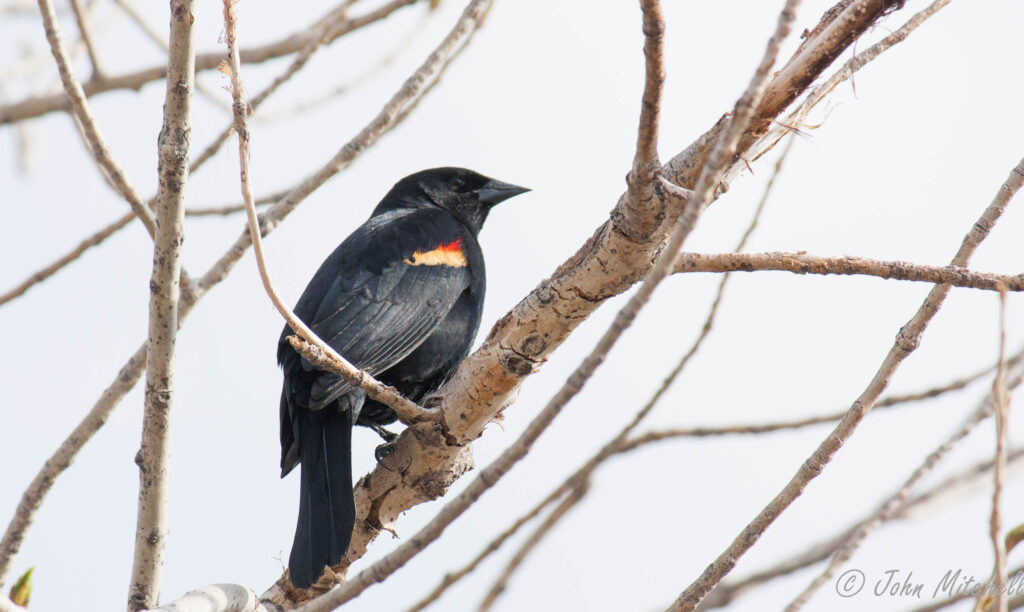
Blackbird, Yellow-headed

Cowbird, Brown-headed
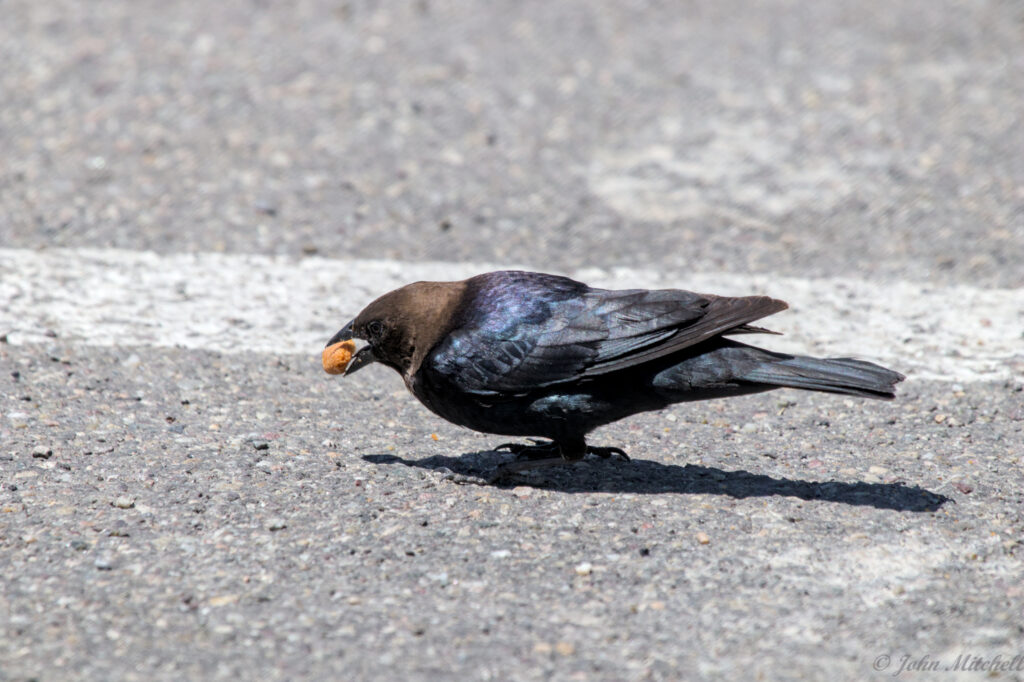
Grackles
Grackle, Common

Meadowlarks
Meadowlark, Western
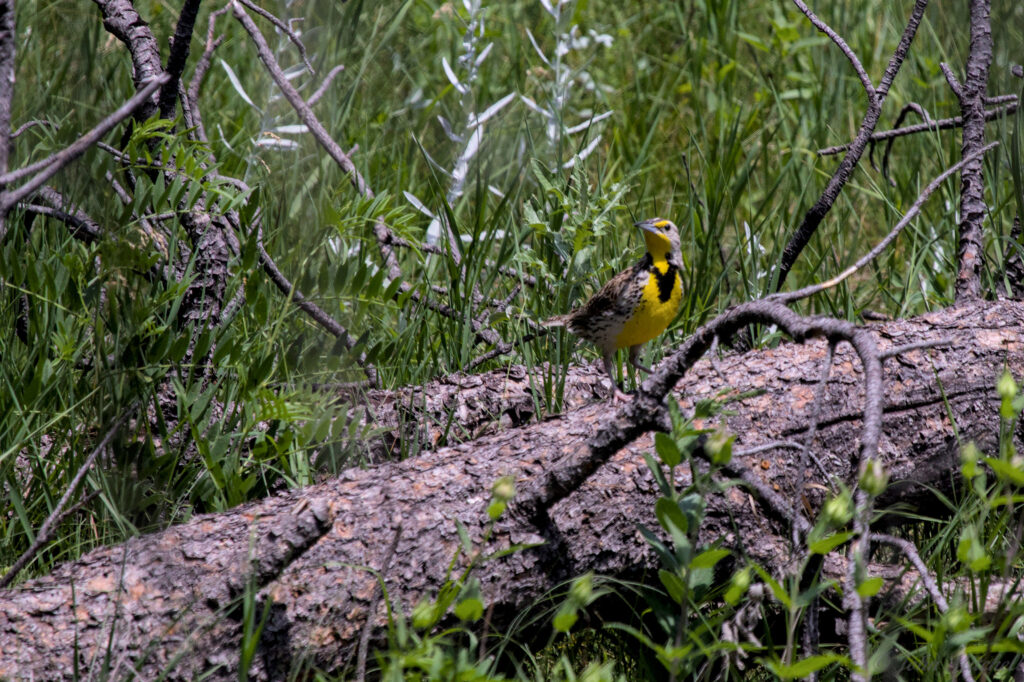
Orioles, New World
Oriole, Bullock’s

Cardinals (Cardinalidae)
The Cardinal family includes cardinals, grosbeaks, buntings and some tanagers and chats. These stout featured birds are know for the brilliant coloring of the breeding males.
Grosbeaks
Grosbeak, Black-headed

Grosbeak, Blue
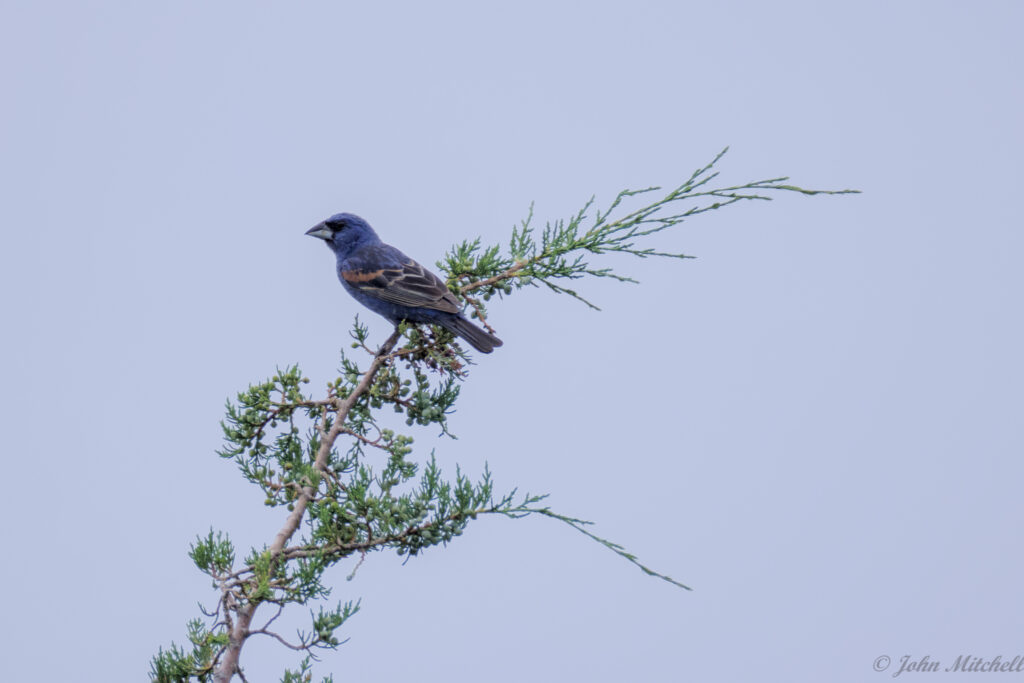
Tanagers
Tanager, Western
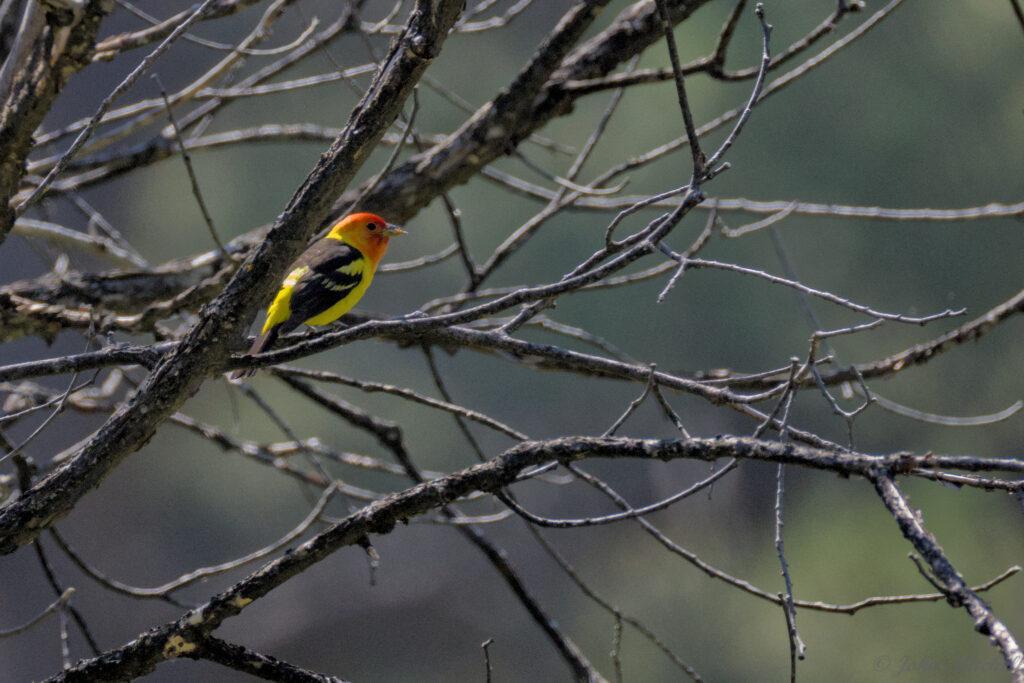
Catbirds, Mockingbirds, Thrashers, & Tremblers (Mimidae)
Mimidae is derived from the Latin word “minus” for mimic. These new world birds are known for their vocalizations, and some can even mimic. This family includes the new world catbirds, mockingbirds, thrashers, and tremblers.
Catbirds
Catbird, Grey

Cranes (Gruidae)
The cranes are in the family Gruidae. (These are not the building construction ones; those cranes are in the Manitowocidae family.) Cranes are large bird that are opportunistic feeders. You can distinguish them from herons in flight because cranes fly with their extended.
Crane, Sandhill

Crows (Corvidae)
The Corvid family includes Crows, Rooks, Ravens, Jackdaws, Jays, and Chough. These are characterized as being intelligent and adaptable birds.
Jays
Jay, Stellar’s
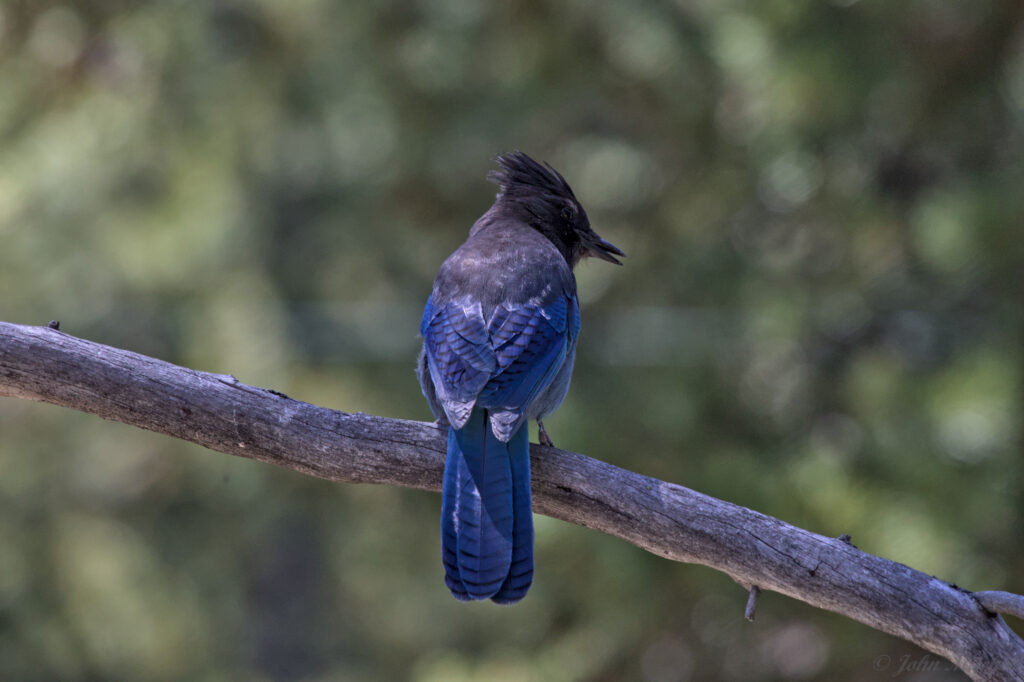
Nutcracker, Clarke’s

Ravens
Raven

Doves & Pigeons (Columbidae)
The columbid family includes doves and pigeons. Despite having different names, they are not taxonomically distinct. The large ones are typically referred to as pigeons and smaller as doves. The extinct Dodo was in this family.
Doves
Dove, Eurasian Collared

Dove, Mourning
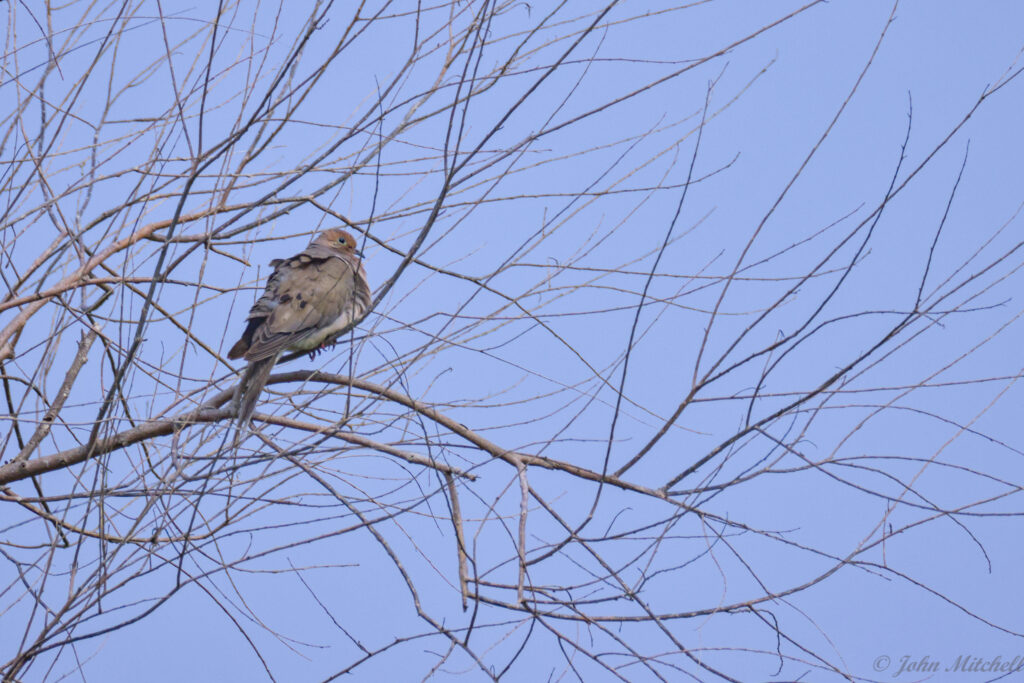
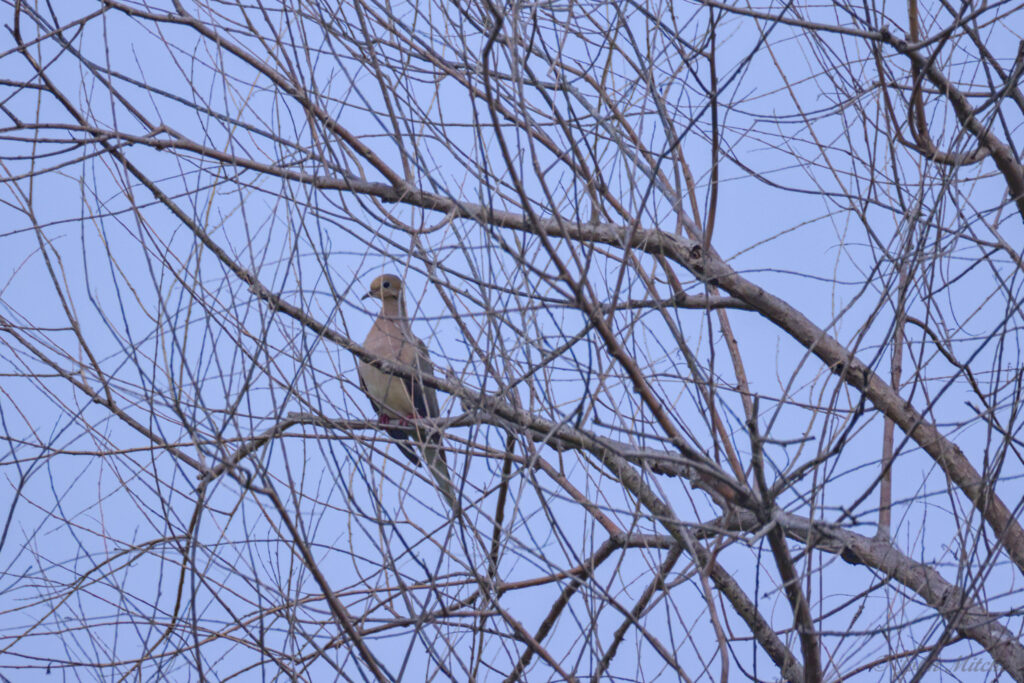
Pigeons
Pigeon, Rock
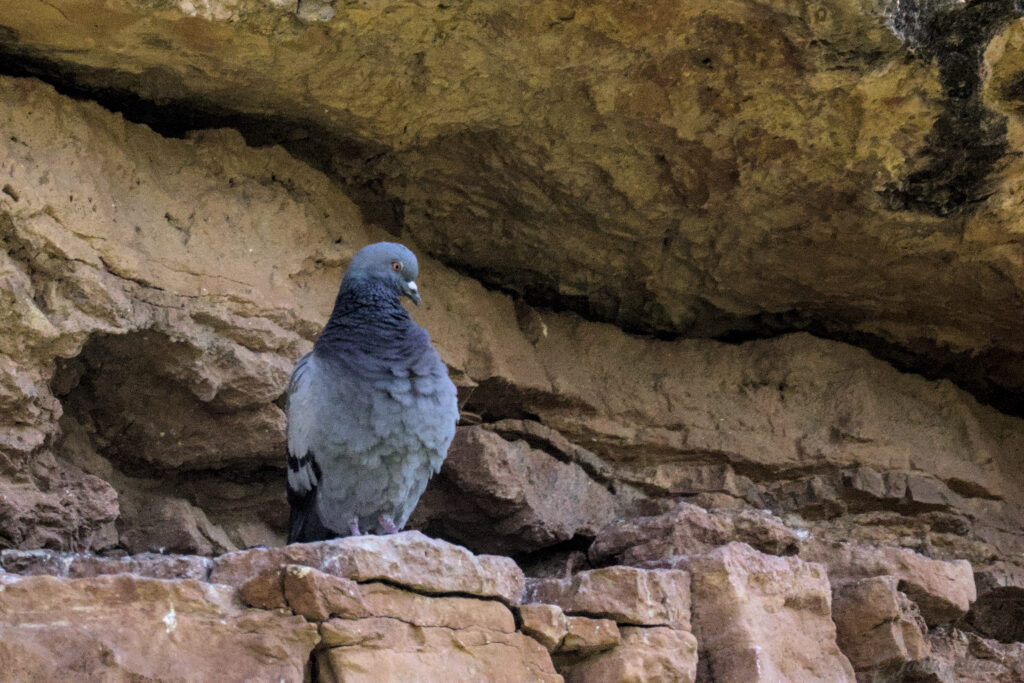
Ducks, Geese, & Swans (Anatidae)
The Anatidae family includes ducks, geese, and swans. They appear on every continent, except Antactica. They are generally adapted for swimming and floating on the surface of the water and some for shallow diving.
Ducks
American Wigeon
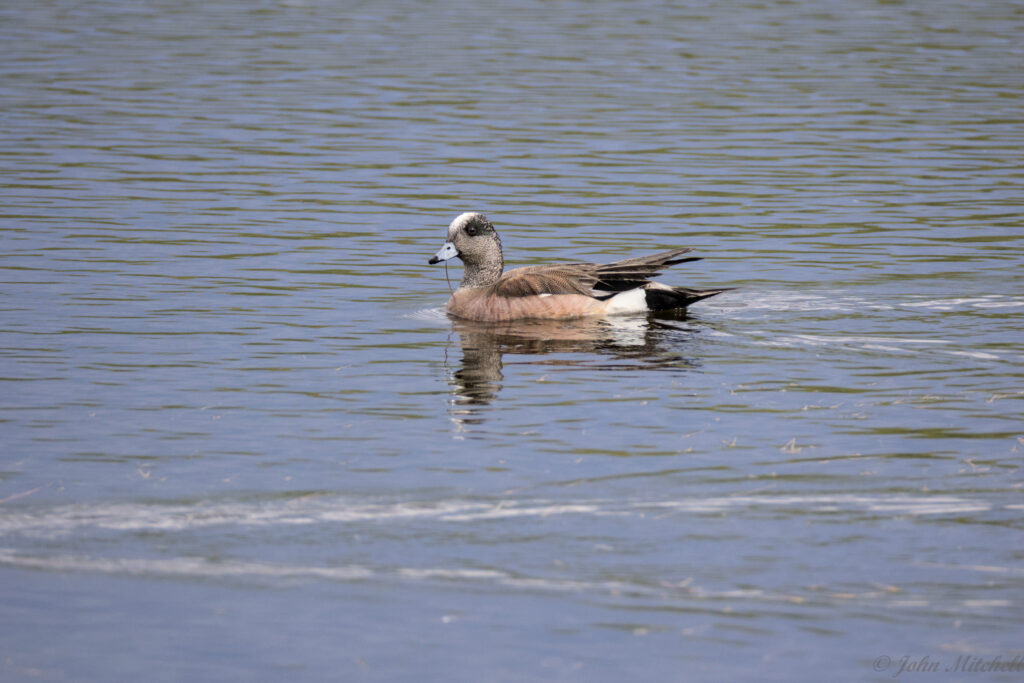
Bufflehead
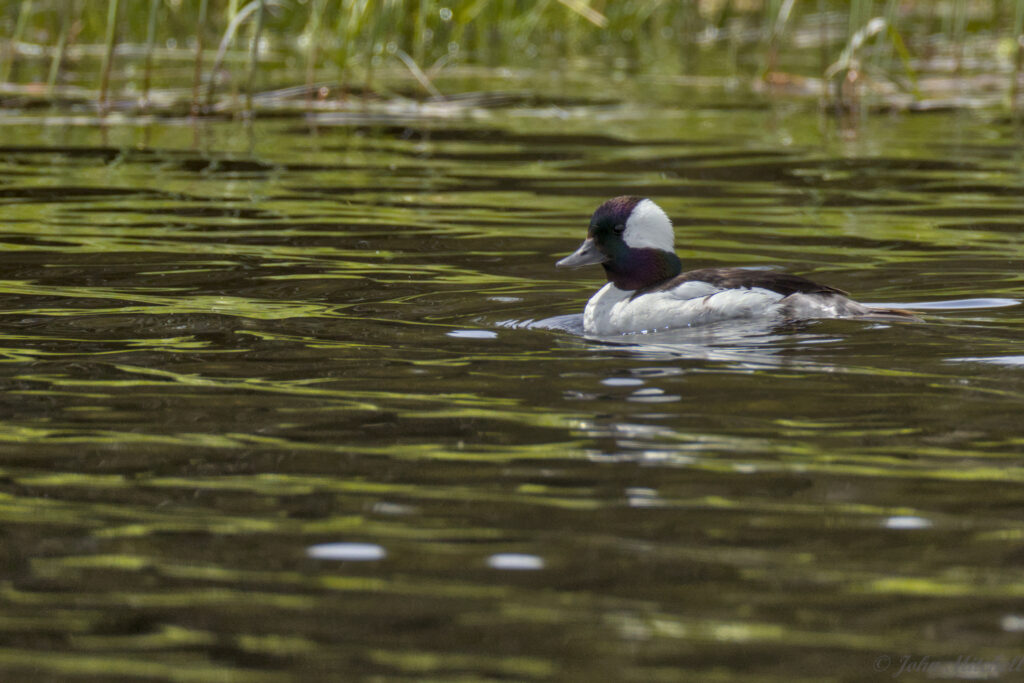
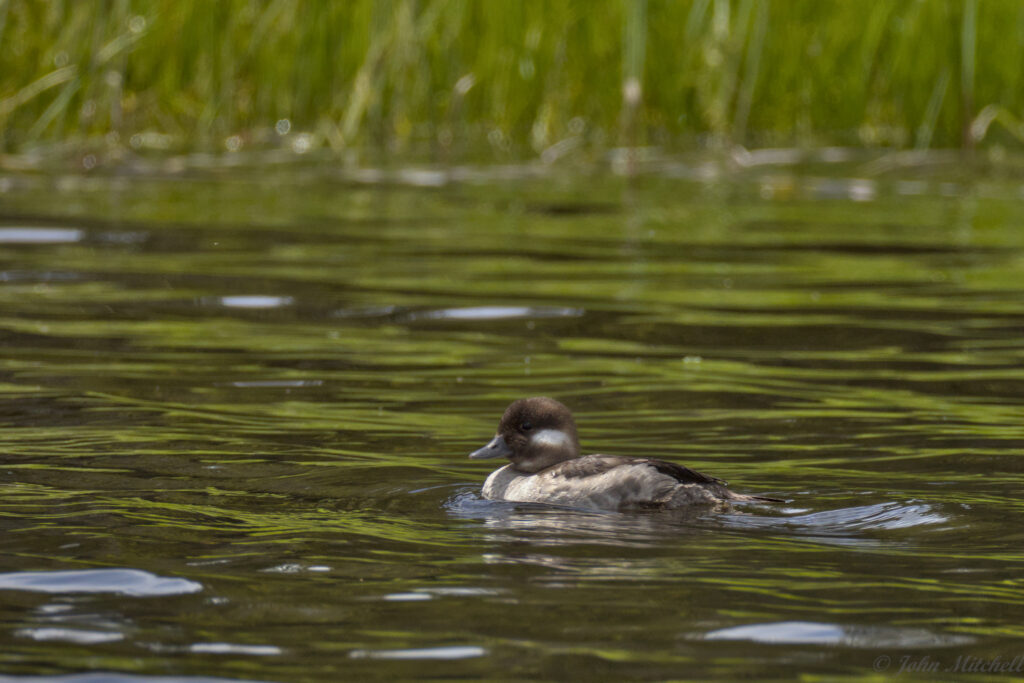
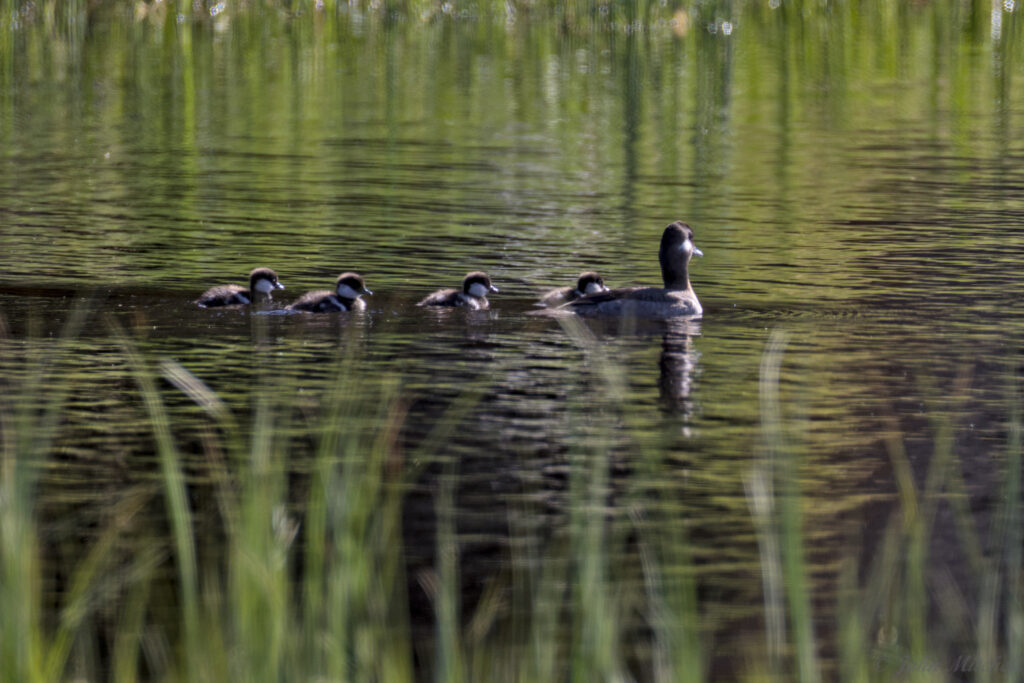
Duck, Harlequin

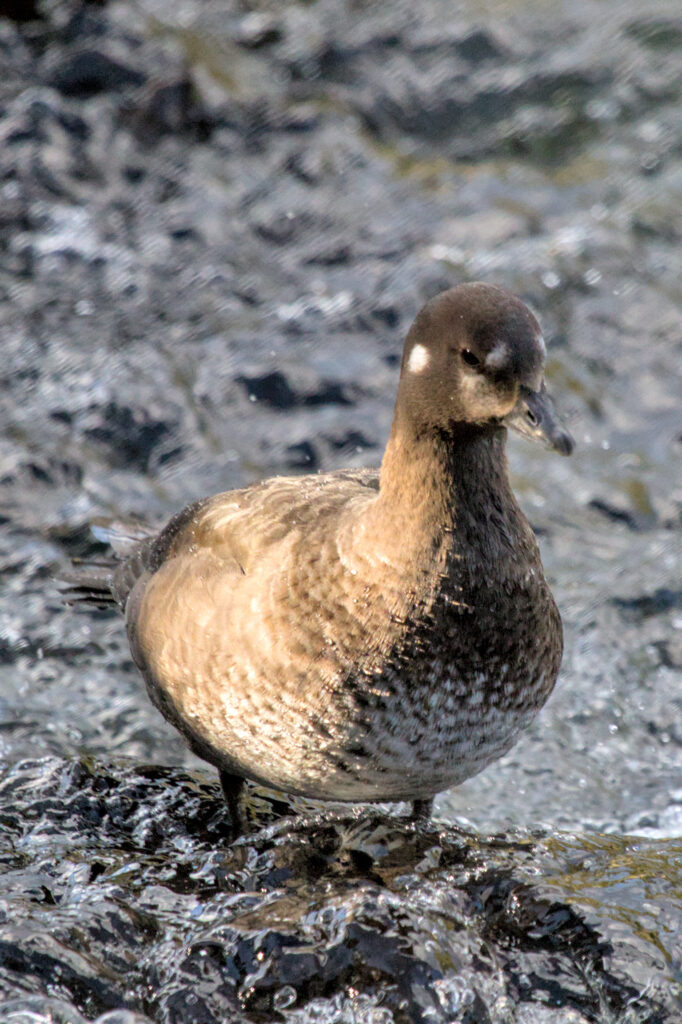
Duck, Ruddy

Gadwall
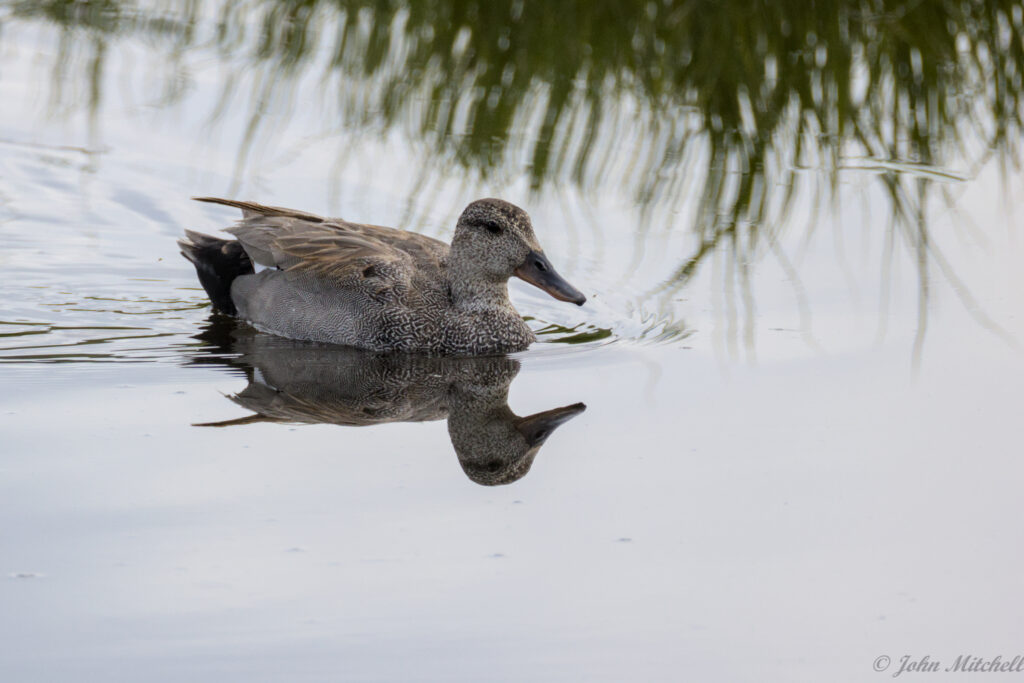
Mallard
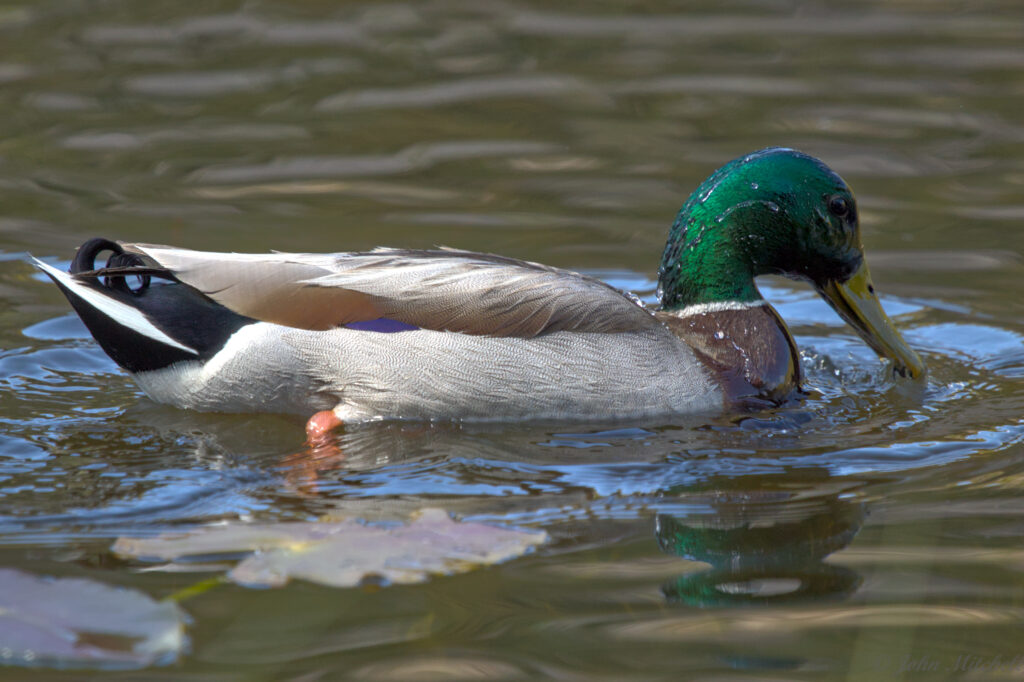
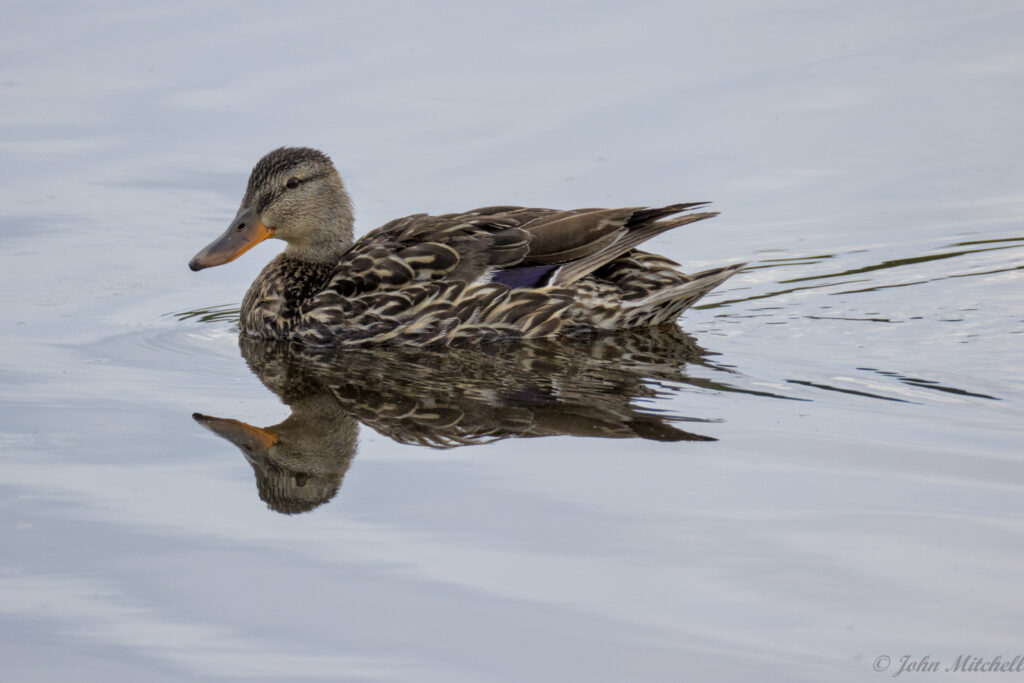
Merganser, Common

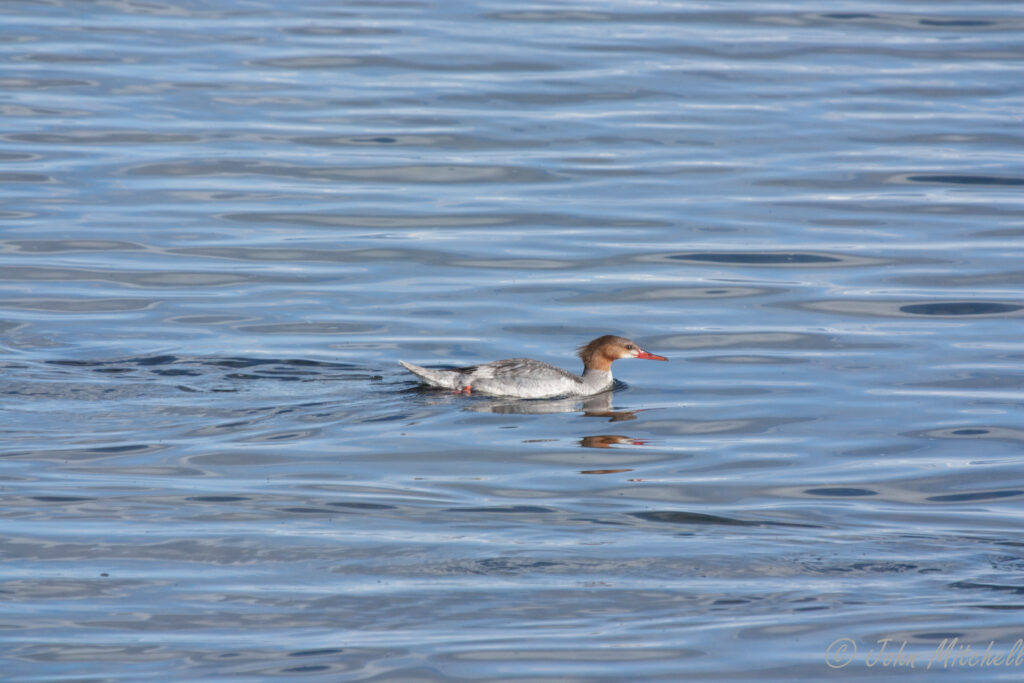
Scaup, Lesser
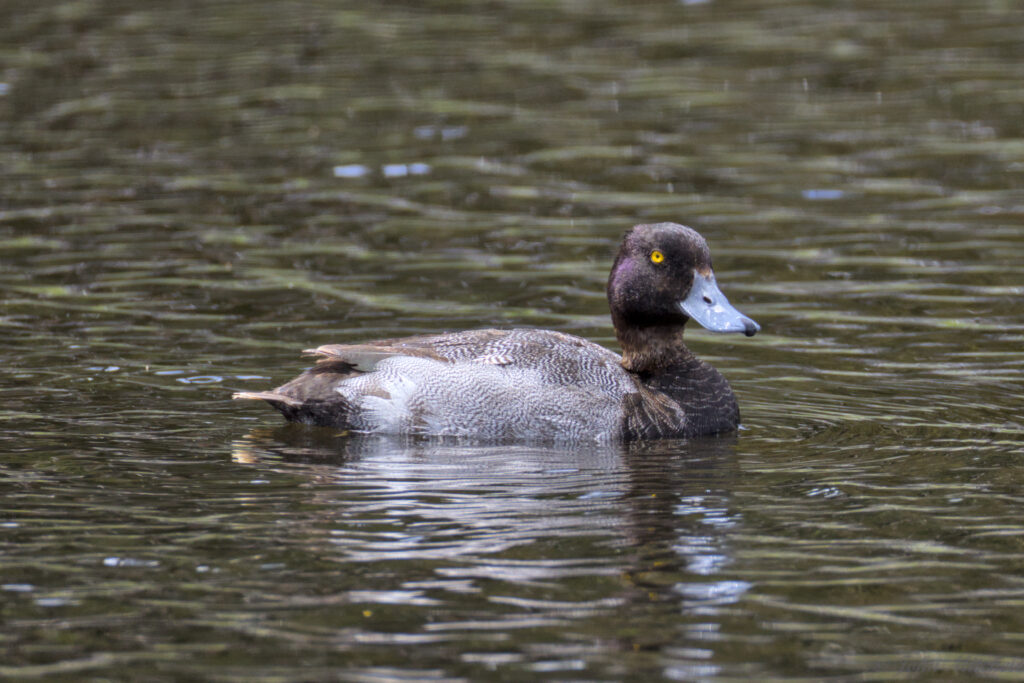
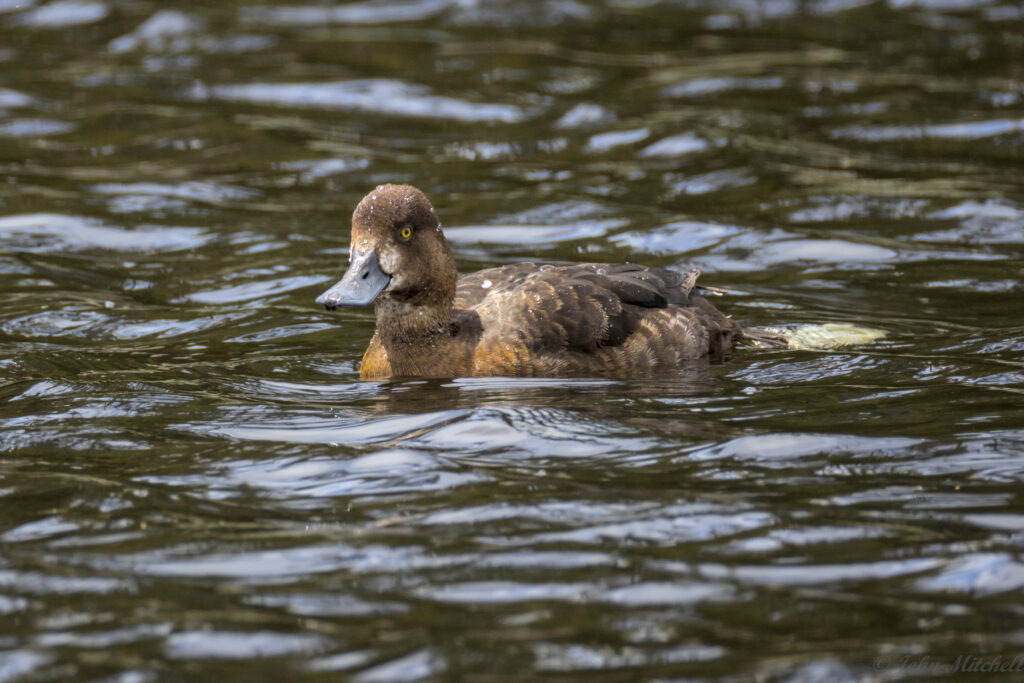
Shoveller, Northern

Teal, Cinnamon

Teal, Green-winged
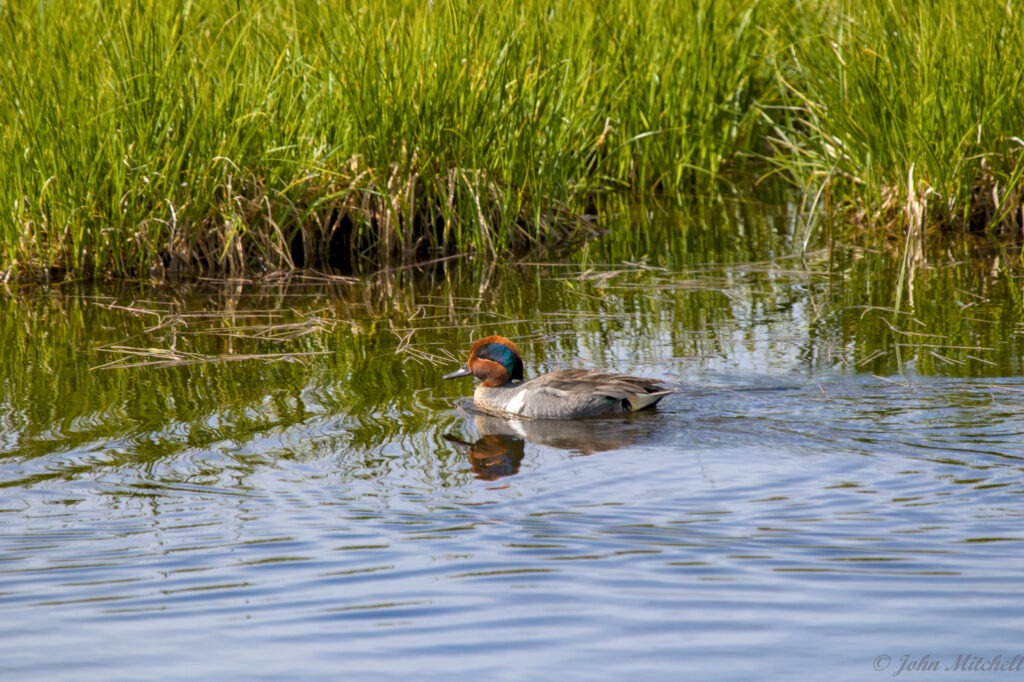
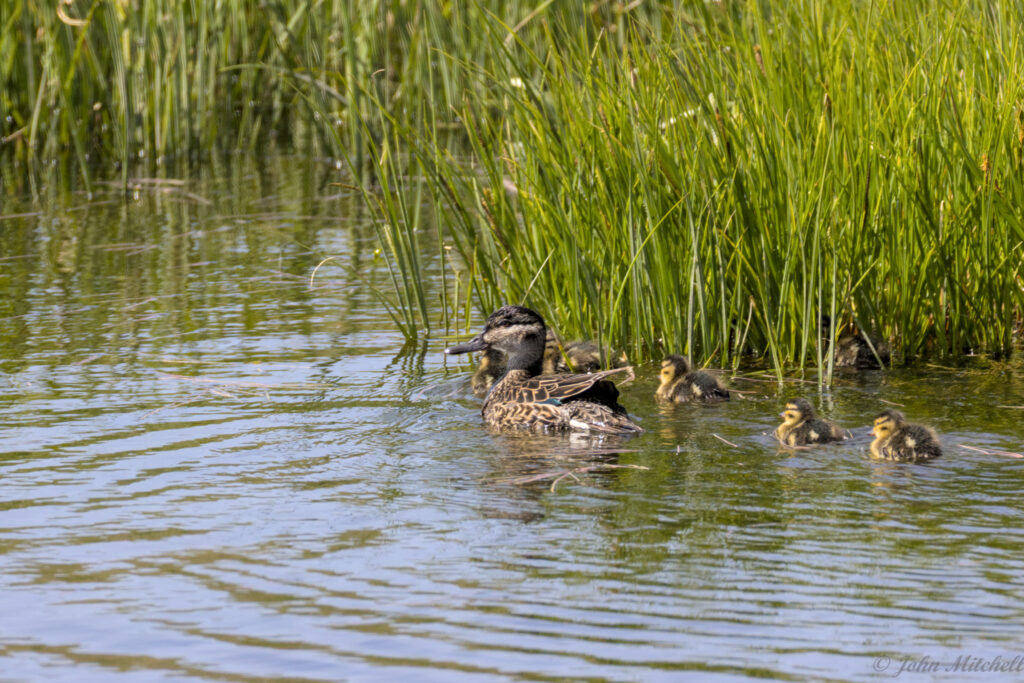
Geese
Goose, Canada


Swan
Trumpeter Swan
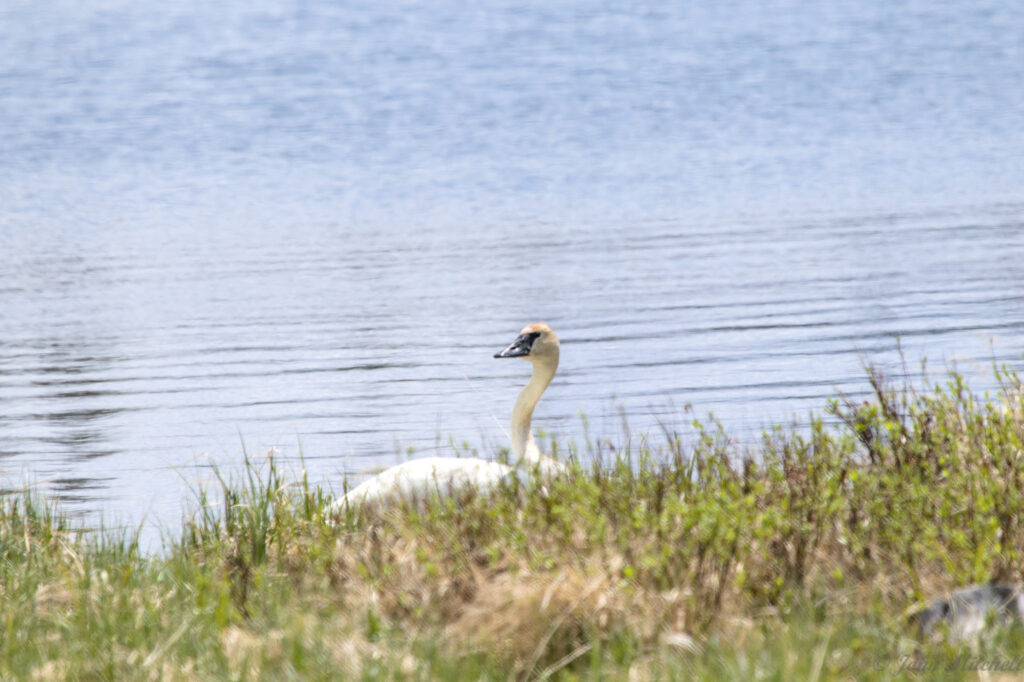
Eagles & Hawks (Accipitridae)
The Accipitridae family includes hawks and eagles. This family excludes the falcons, vultures, and owls.
Eagles
Eagle, Bald
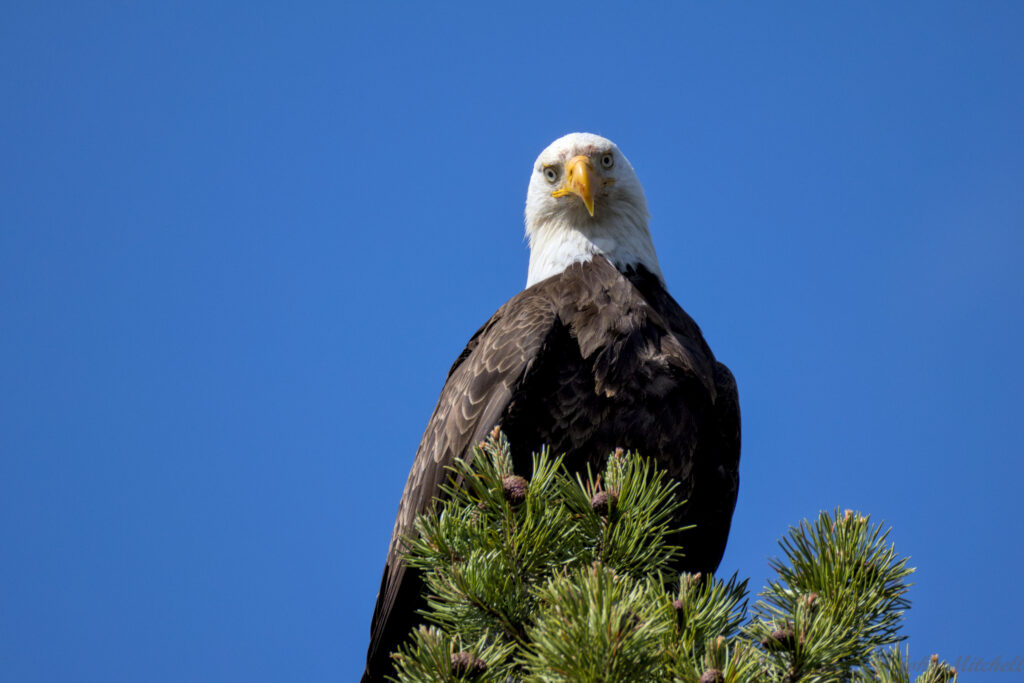
Eagle, Golden
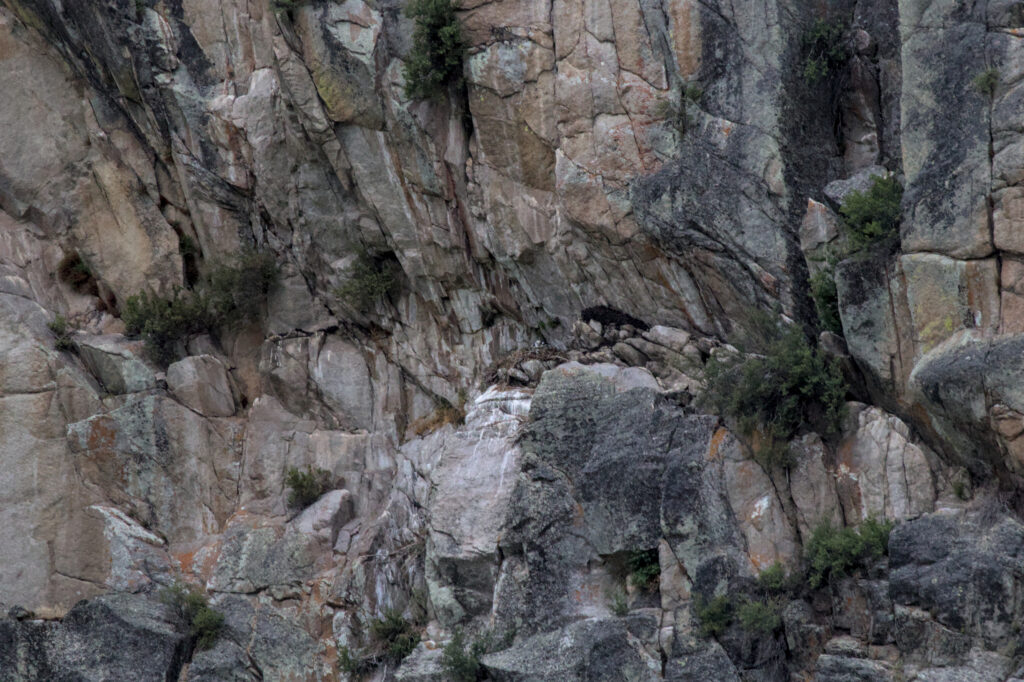
Hawks
Hawk, Ferruginous
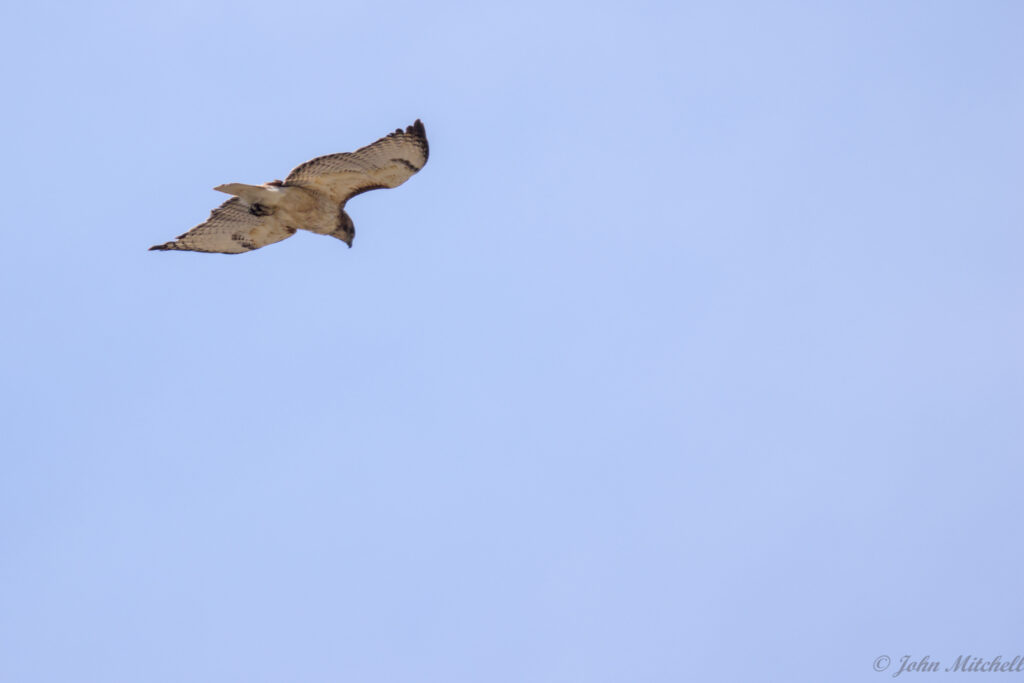
Hawk, Red-tailed
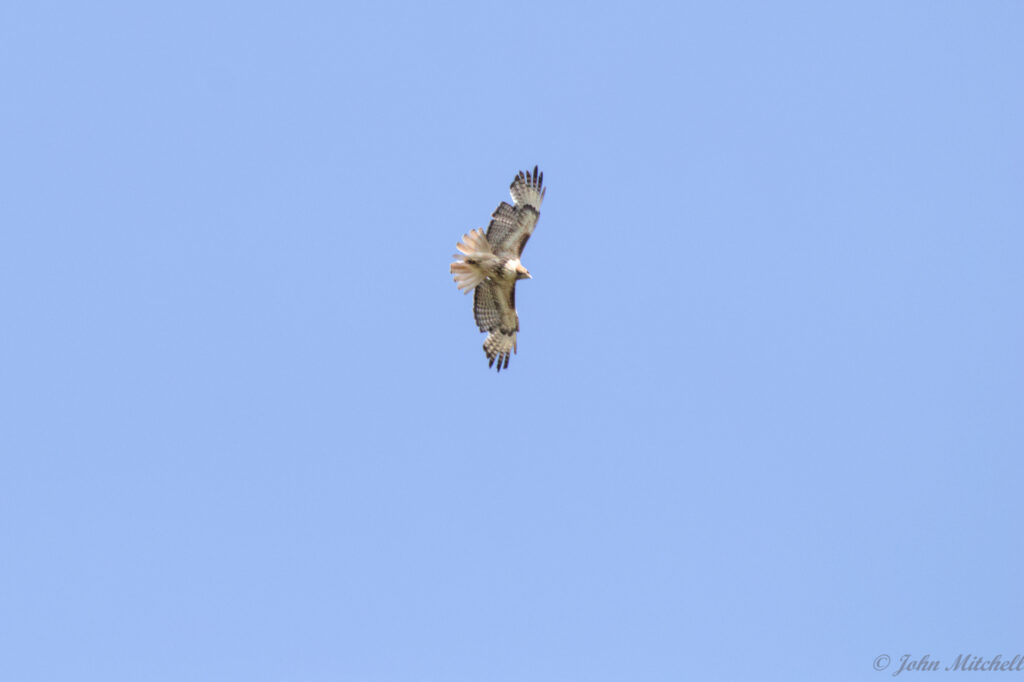

Hawk, Sharp-shinned

Hawk, Swainson’s
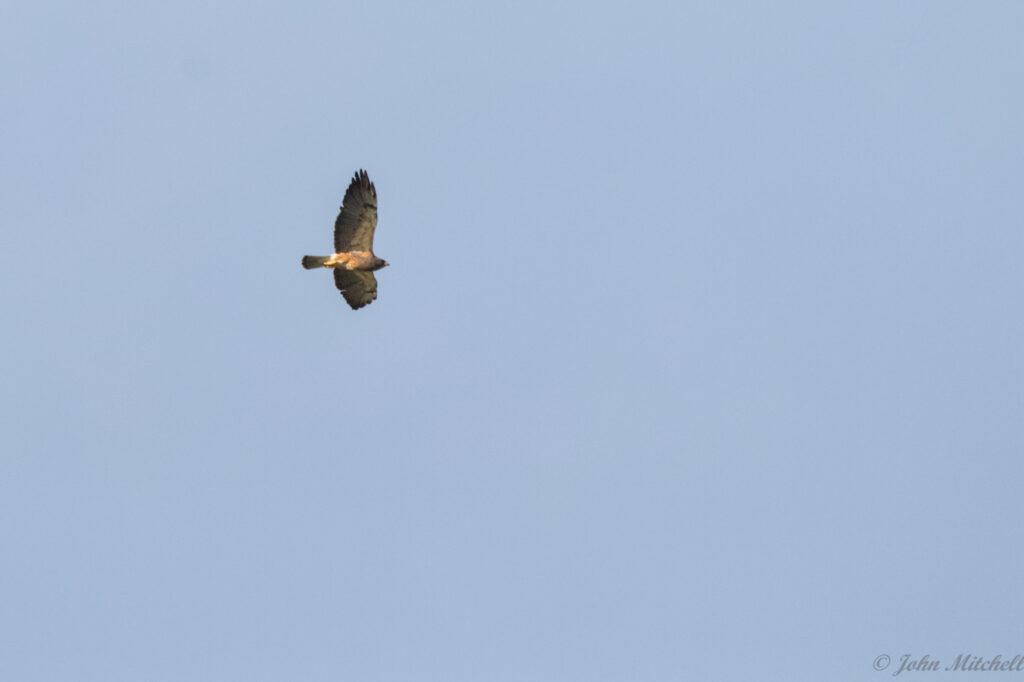
Finches (Fringillidae)
The Fringillidae family includes true finches, but due to advances in genetic testing, it includes at least some canaries, grosbeaks, siskins, and other previously misclassified species. These birds are known to have short conical beaks for seed eating and colorful plumage.
Goldfinch
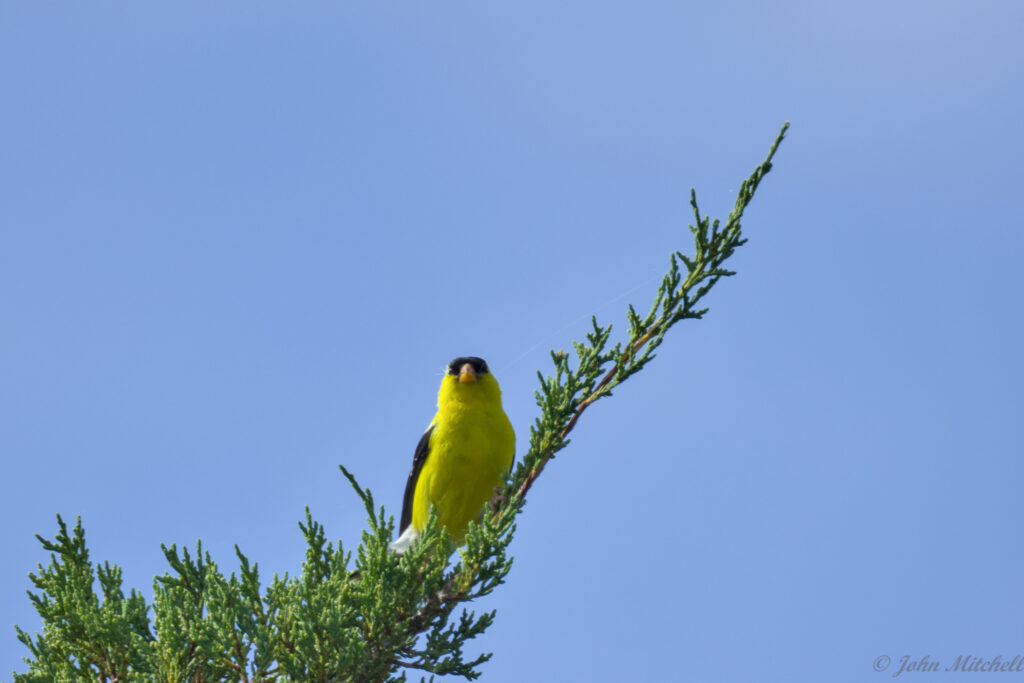
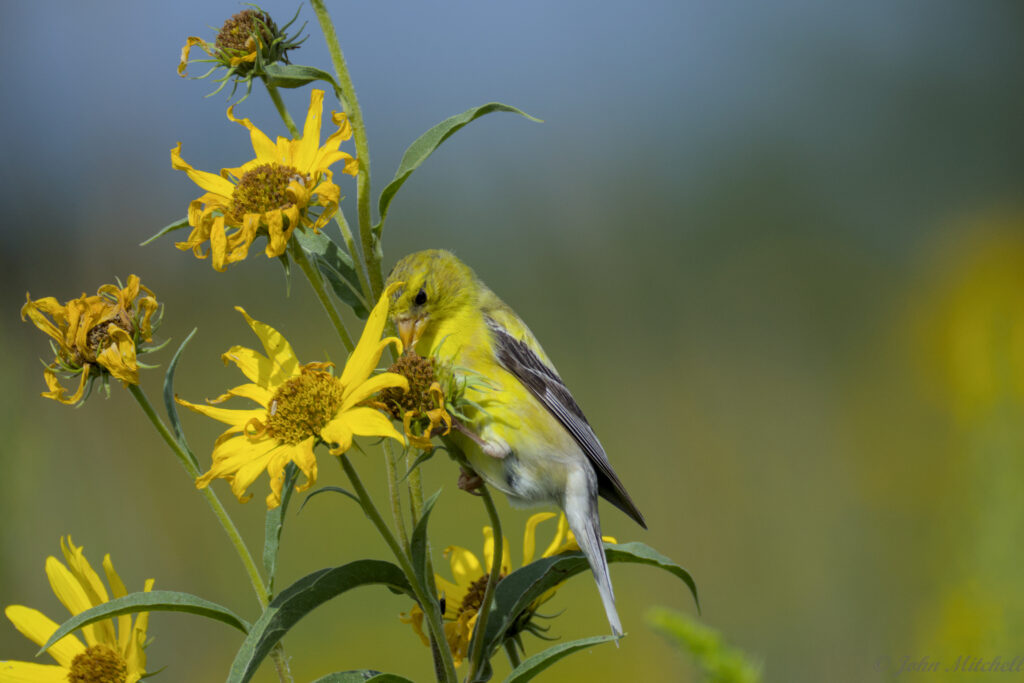
Flycatchers, Tyrant (Tyrannidae)
The Tyrannidae are the new world flycatchers They are the largest and most diverse family of birds in Central and South America. They lack the sophisticated vocal mechanisms of other songbirds.
Kingbird, Eastern
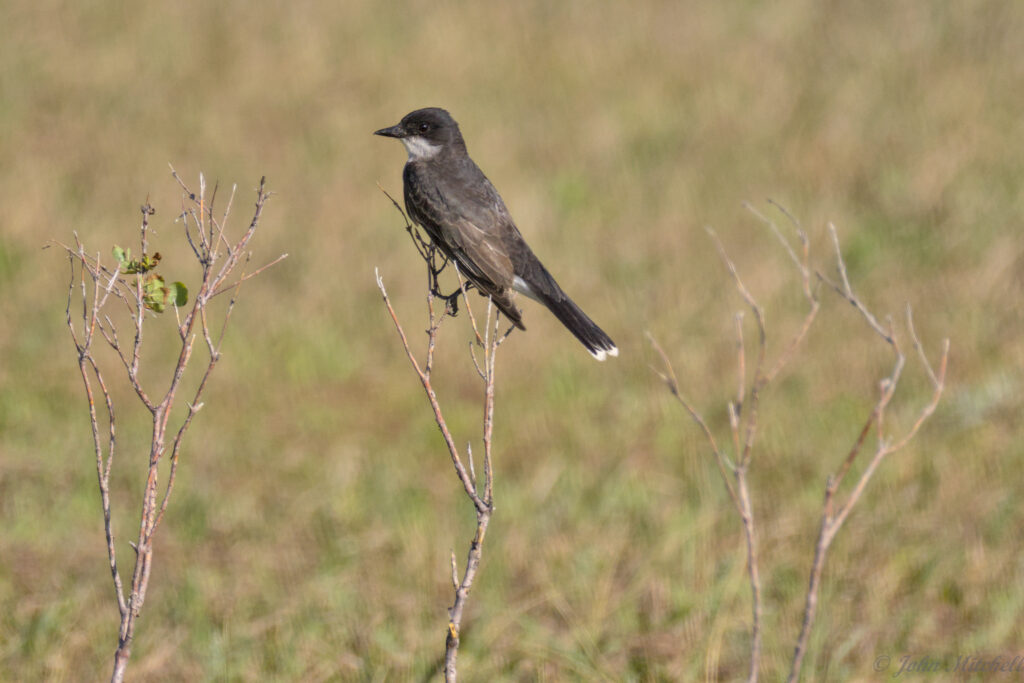
Kingbird, Western

Gamebirds (Phasianidae)
The Phasianidae family includes may of the traditional game birds – grouse, partridges, pheasants, old world quails, turkeys, and more. These birds are rarely terrestrial. They tend to be plump (and juicy!) with strong legs and short wings.
Grouse
Grouse, Dusky
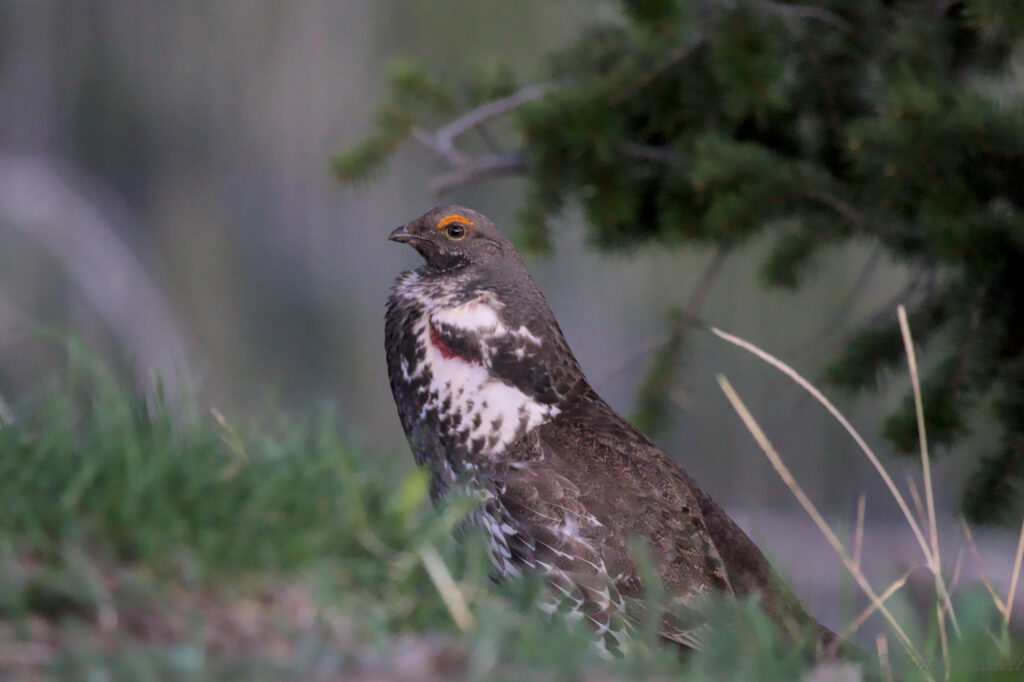
Grouse, Ruffed
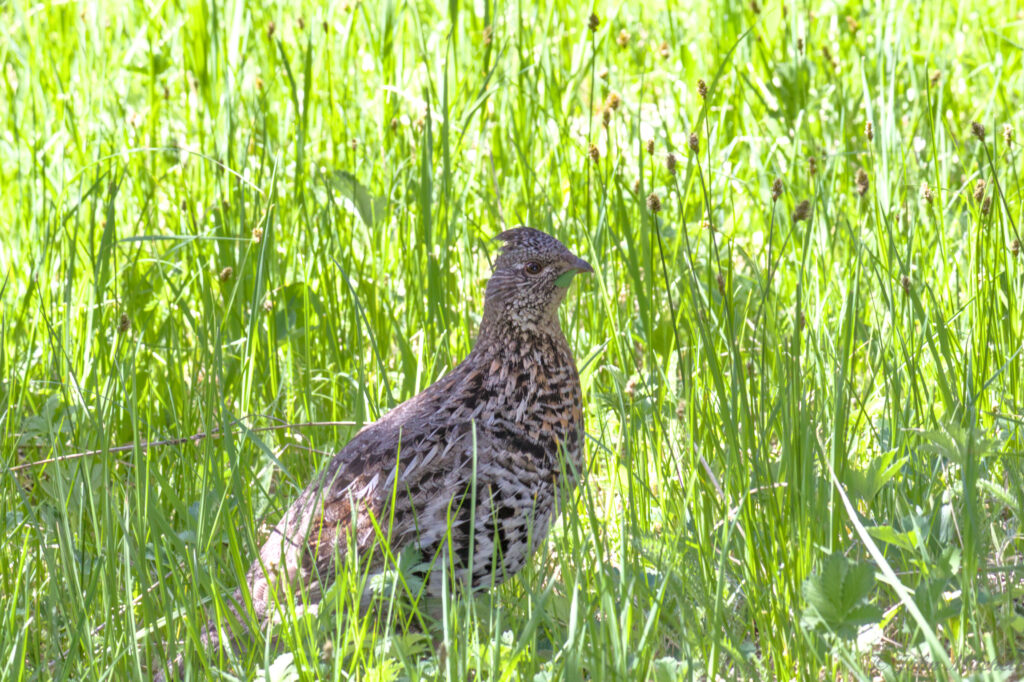
Turkeys
Turkey, Wild
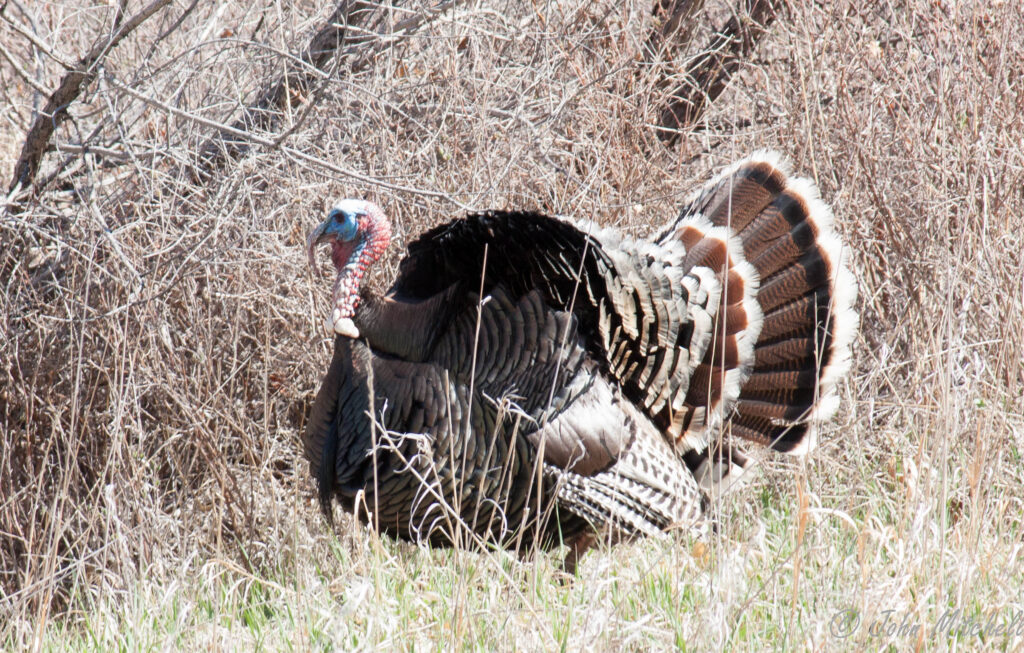

Grebes (Podicipedidae)
The Podicipedidae family contains the grebes. While they superficially resemble ducks, they are most closely related to flamingos. They have elaborate courtship rituals and a have large lobed toes instead of fully webbed feet.
Grebe, Red-necked
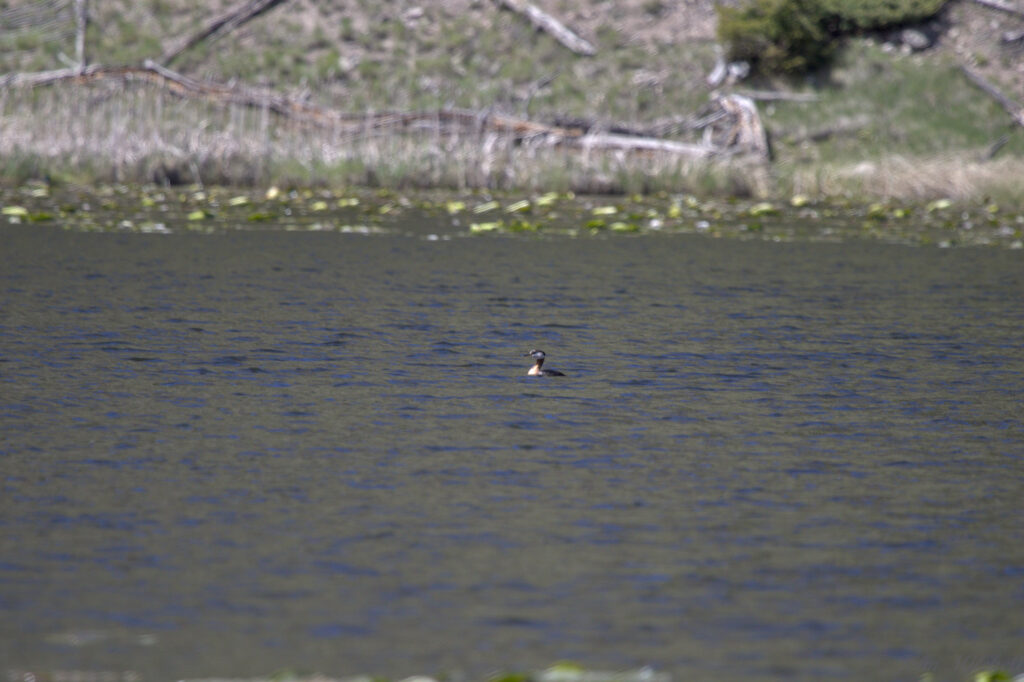
Grebe, Western
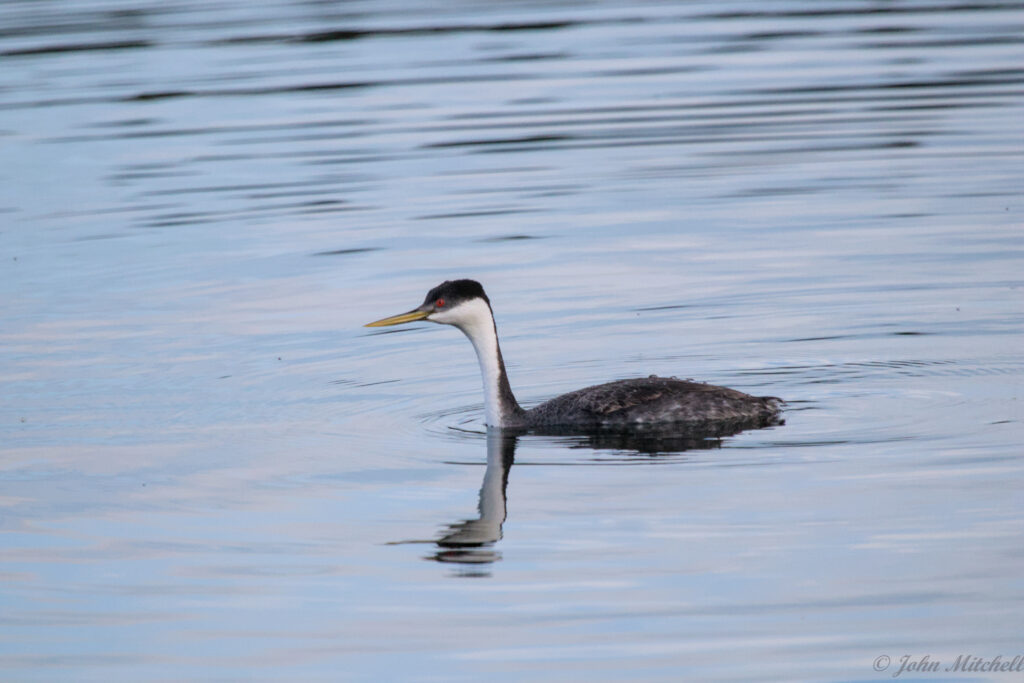
Herons (Ardidae)
Birds of the Ardidae family include herons, egrets, and bitterns. These are long necked fresh or coastal water birds. They fly with their necks retracted in an ‘S’, and they are one of the few birds with powder down. They do not molt; their down feathers continuously grow and disintegrate into powder. Powder down is a known human allergen.
Egrets
Egret, Great (White)
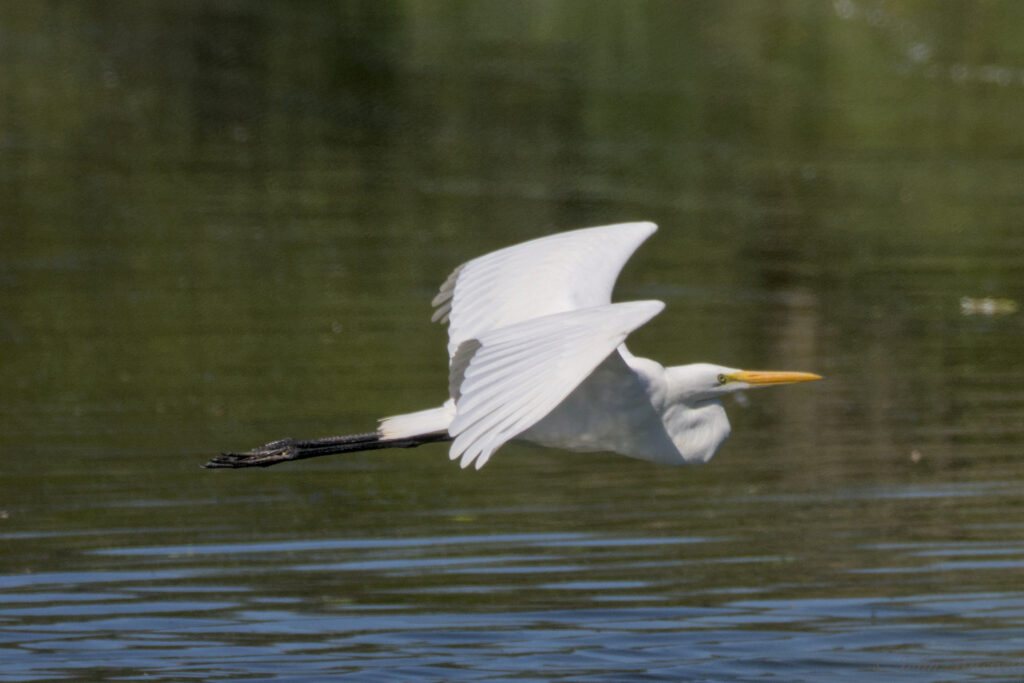
Herons
Heron, Great
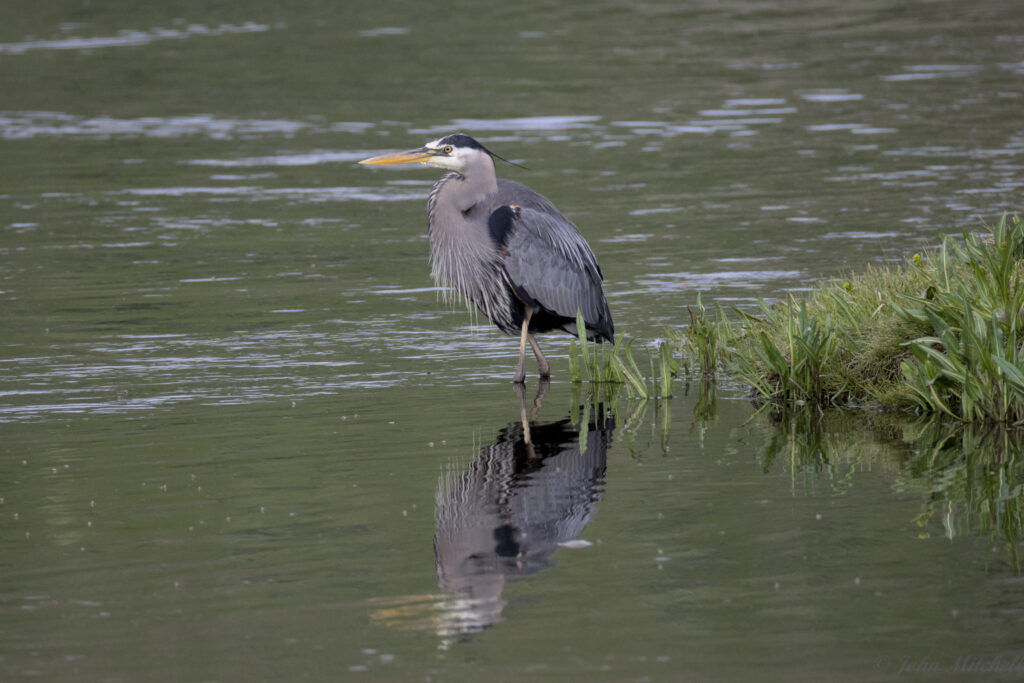
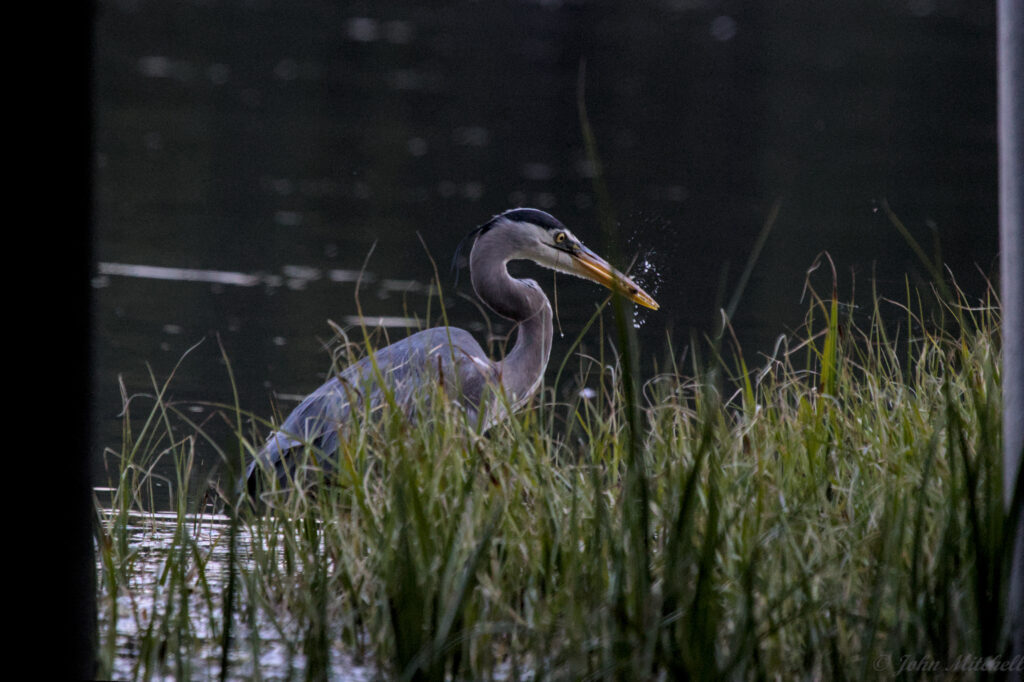
Heron, Green
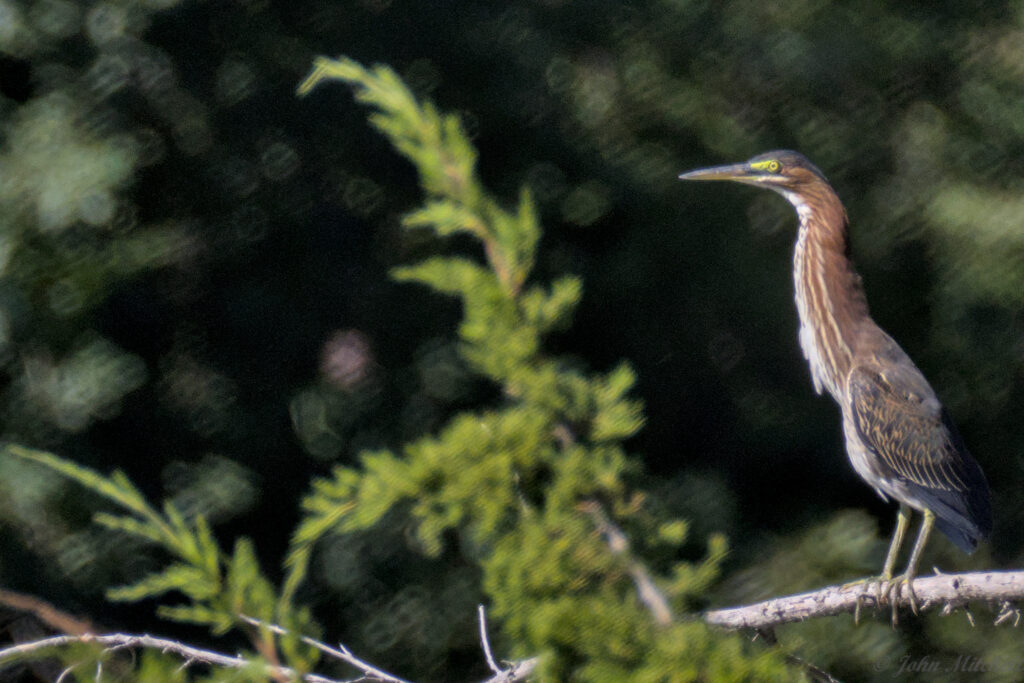
Hummingbirds & Swifts (Apodidae)
The Apodidae family includes hummingbirds and swifts. Swifts are superficially similar to swallows due to convergent evolution based on aerial hunting of insects.
Swifts
Swift, White-throated
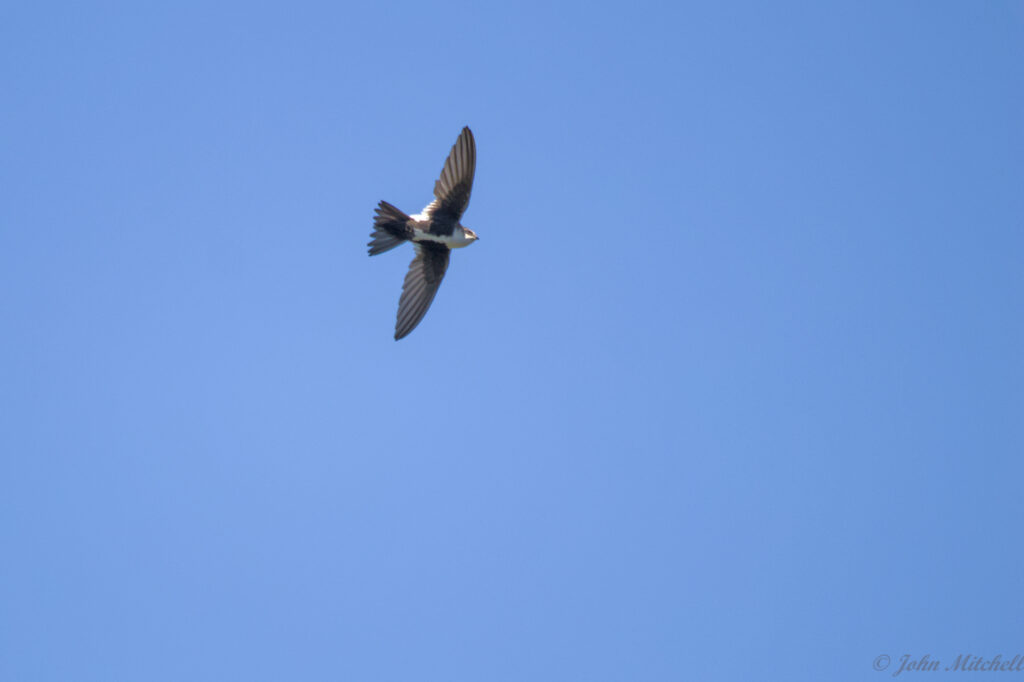
Ibises, New World (Threskiornithidae)
The Threskiornithidae family is composed on new world ibises. It was thought that spoonbills should be classified with them, but recent genetic findings indicate that they may be more closely related to old world ibises. Ibises are large wading birds.
Ibis, White-faced

Kingfishers (Alcedinidae)
The Alcedinids are the family of kingfishers; they are small to medium sized birds that are often brightly colored. Most kingfishers live in tropical areas. Their typical hunting mechanism is to perch on branches and swoop down on prey. Not all kingfishers live near lakes and hunt fish.
Kingfisher, Belted

Nightjars (Caprimulgidae)
The Caprimulgidae family includes nighthawks, nightjars, and poorwills. They usually nest on the ground, and they can be found resting or roosting in the road. They generally have weak legs and long wings.
Nighthawks
Common Nighthawk
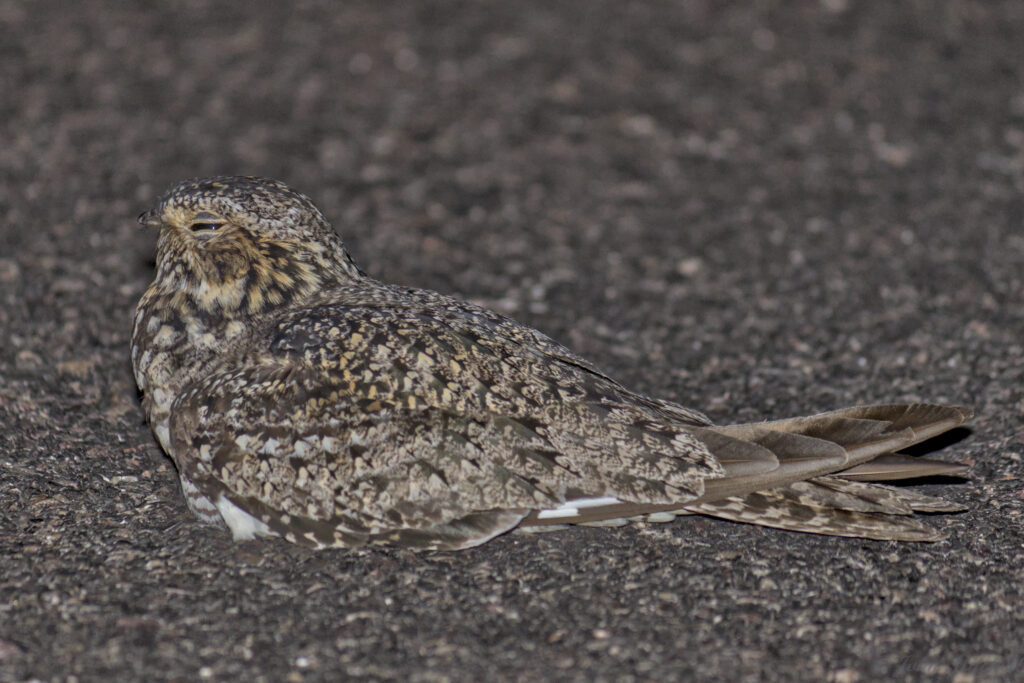
Nuthatch (Sittidae)
Sittidae is the nuthatch family. Nuthatches are omnivores with short tails, large heads, and strong feet.
White-breasted Nuthatch
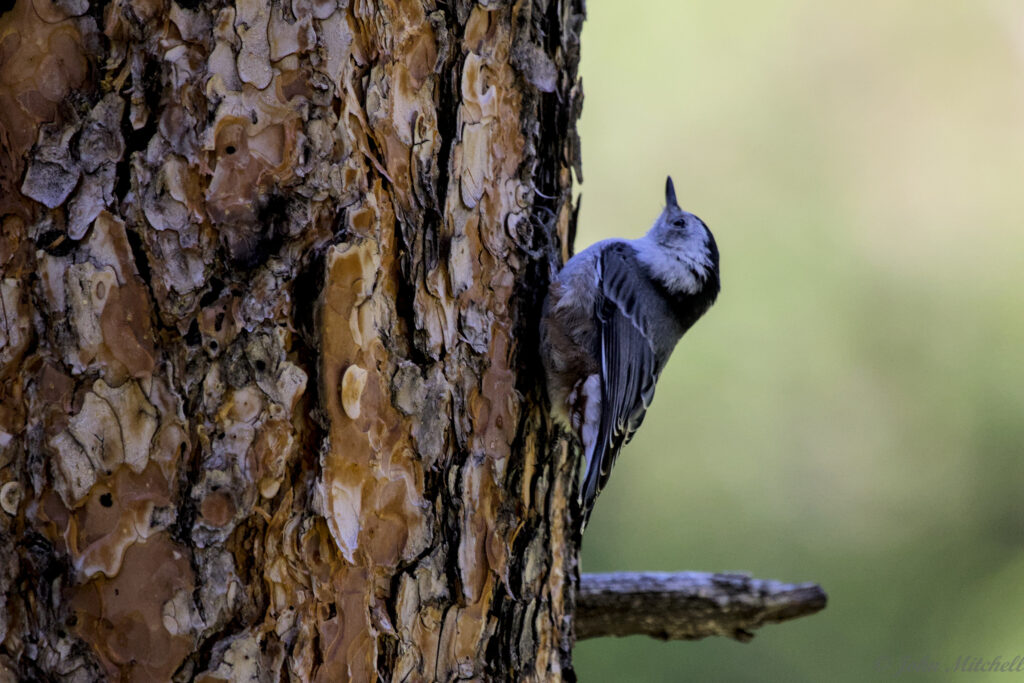
Osprey (Pandionidae)
The Osprey is the only member of this family. They are sometimes referred to as “Fish Hawks” of “Fish Eagles”, but they have some adaptions that warrant a separate family. They are on every continent, except Antarctica, and there are only four subspecies with minor variations.
Osprey
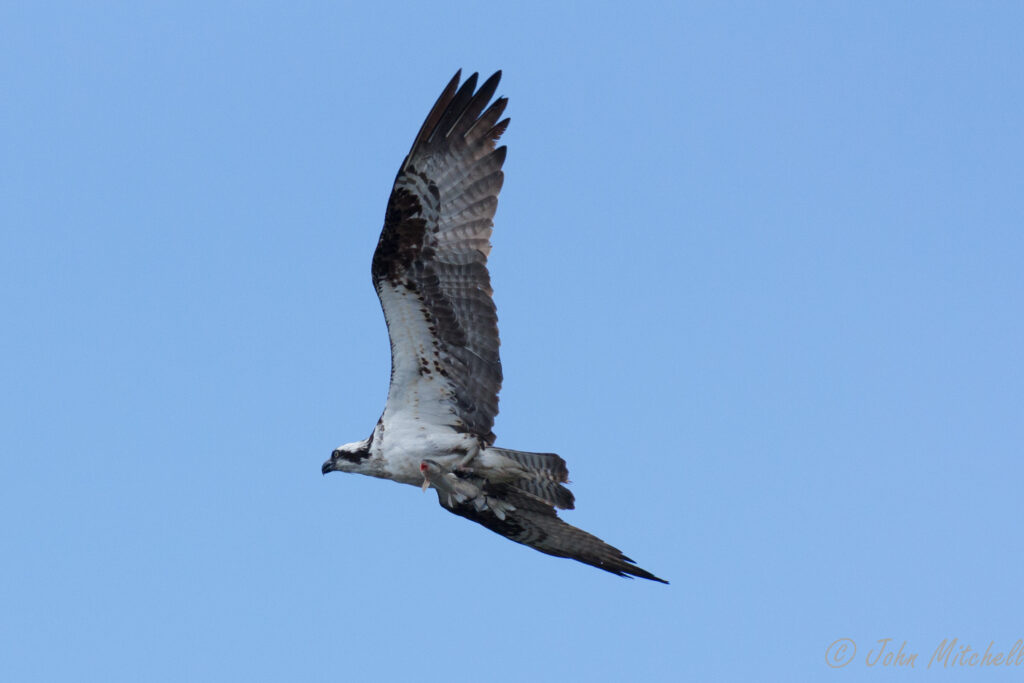
Owls, True (Strigidae)
The Strigidae family is true owls that include many of the traditional owl species, but it excludes Bay Owls and Barn Owls.
Burrowing Owl

Pelicans (Pelecanidae)
The Peliecanidae family includes, surprise, the pelicans. There are two extinct genera, and the surviving Pelecanus genus. There are 8 species left, but genetic testing suggests that a small division into new world and old world pelicans.
American Pelican
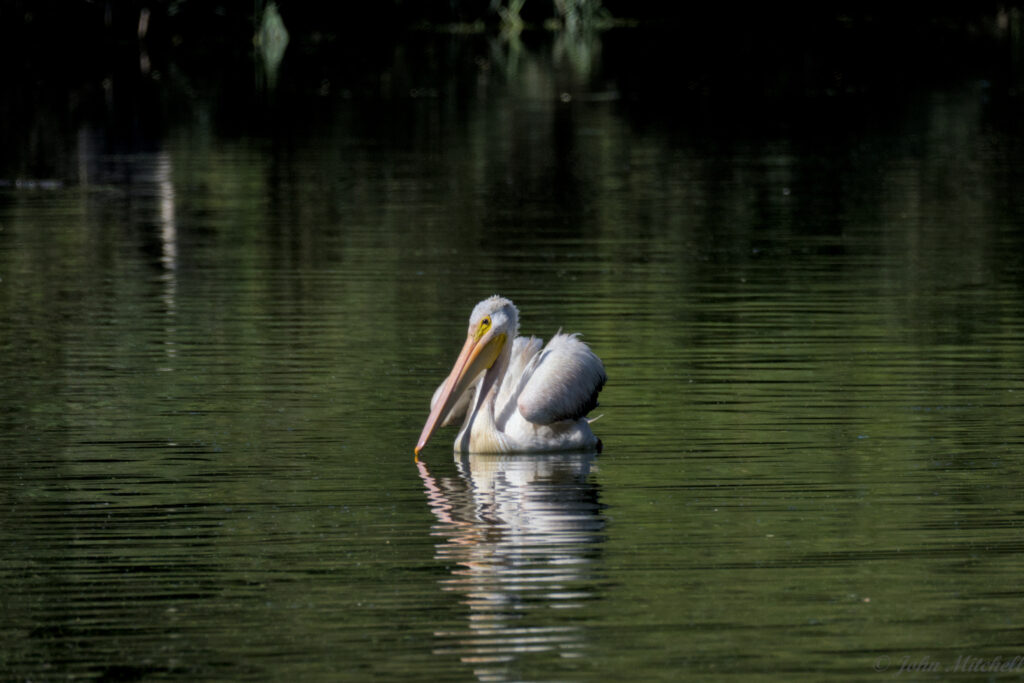
Rails (Rallidae)
The rail family includes coots, crakes, gallinule, and moorhens. These birds vary greatly in morphology, but they, generally, inhabit marshy areas as wading or shore birds.
Coots
Coot, American
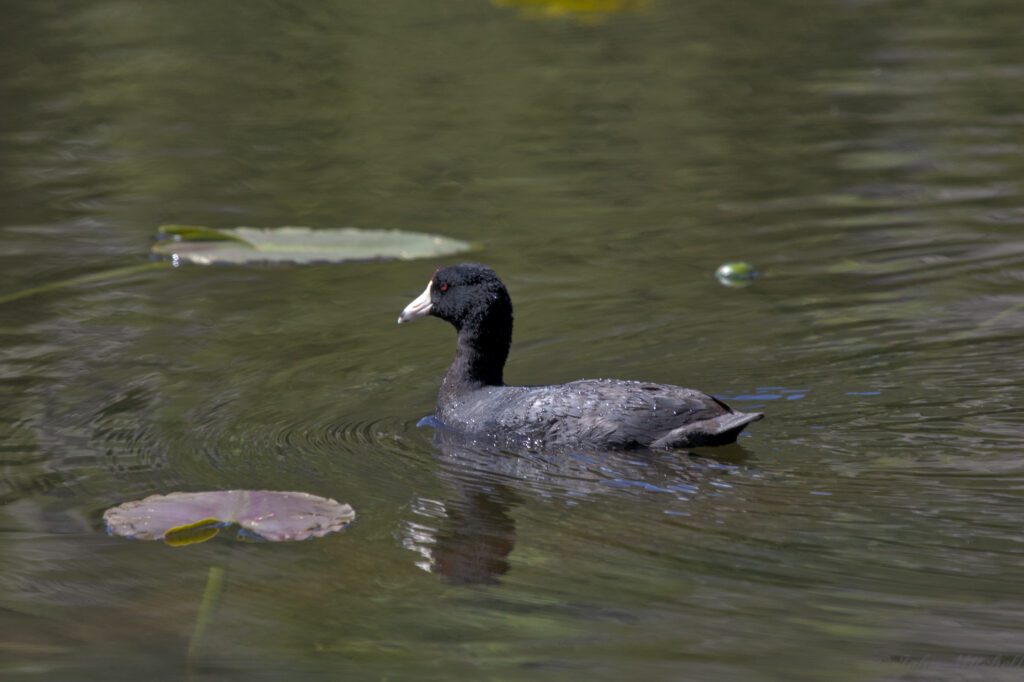
Seabirds (Laridae)
The Laridae family includes gulls, noddies, skimmers and white terns. The first three in the list are the only shorebirds to develop ultraviolet vision.
Gulls
Gull, California
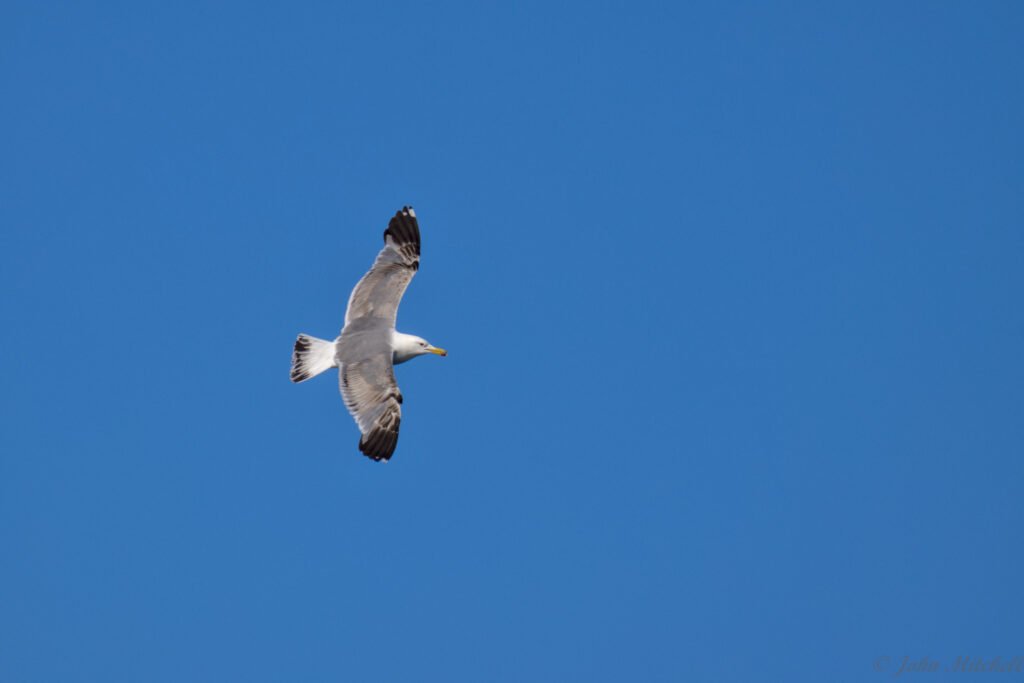
Gull, Ring-billed
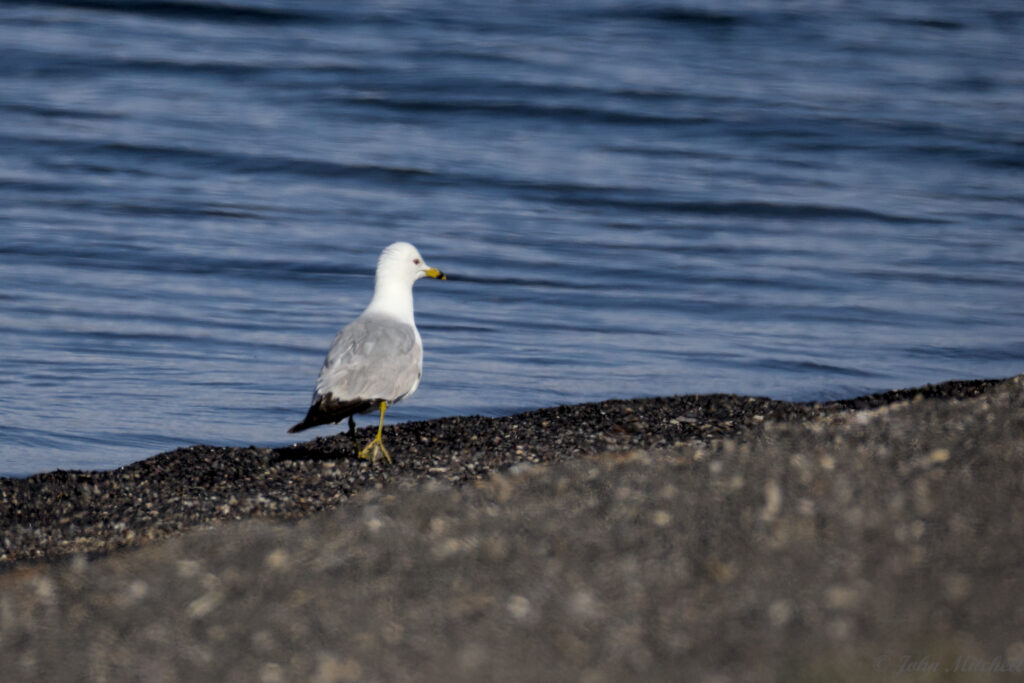
Terns
Tern, Least
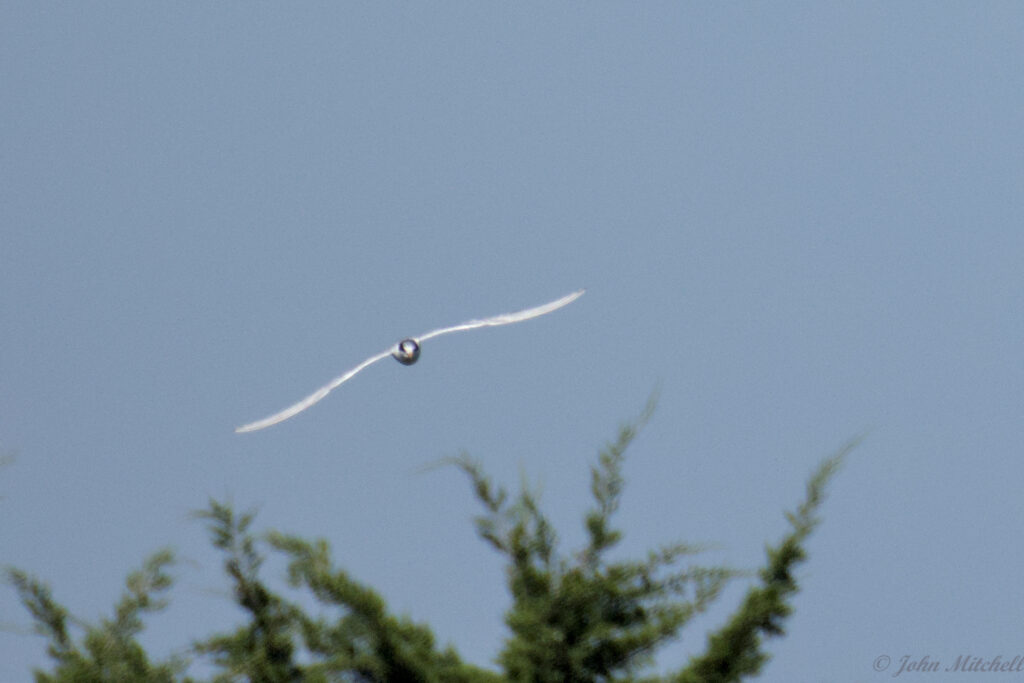
Shorebirds, Short-billed (Charadriidae)
The Charadriidae family includes plovers, dotterels, and lapwings. Recent genetic testing has badly scrambled the groupings of these birds and resulted in renaming some of the birds. They nests are generally just depressions scraped in the ground.
Plovers
Killdeer
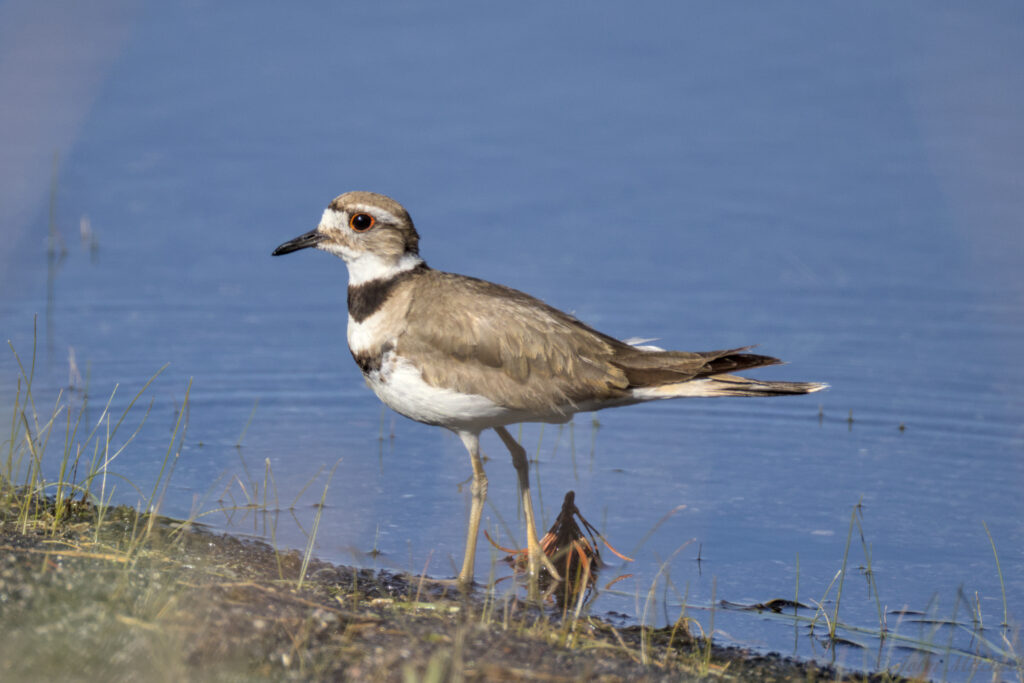
Shorebirds, Long -billed (Scolopacidae)
The Scolopacidae family includes sanpipers, snipers, curlews, and woodcocks. These smaller wading birds generally feed on invertebrates extracted from the mud.
Sandpipers
Semipalmated Sandpiper
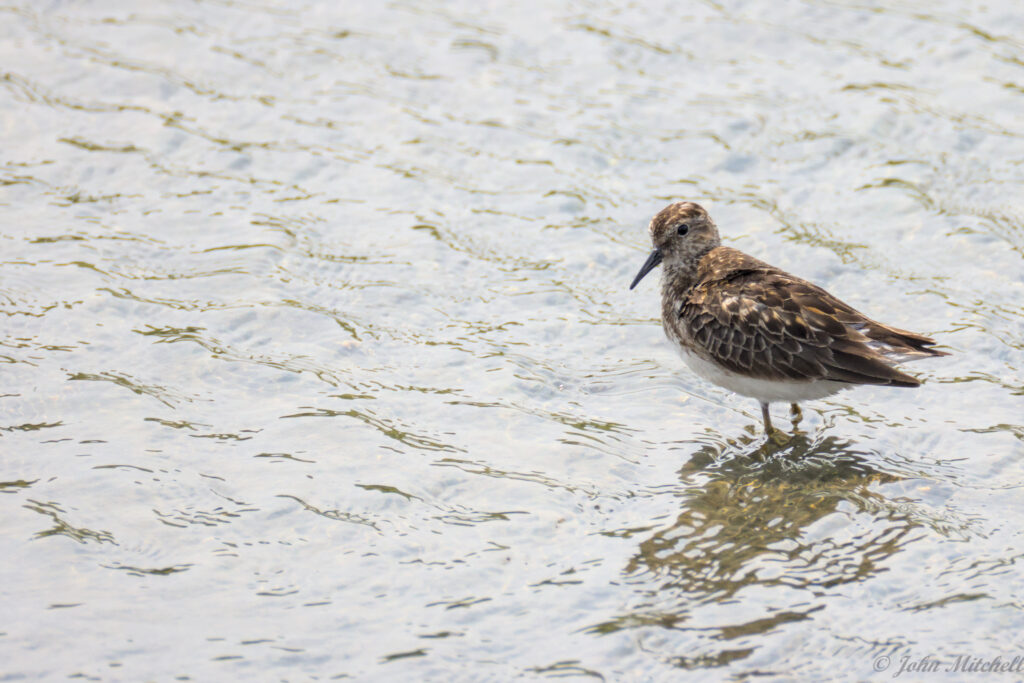
Spotted Sandpiper
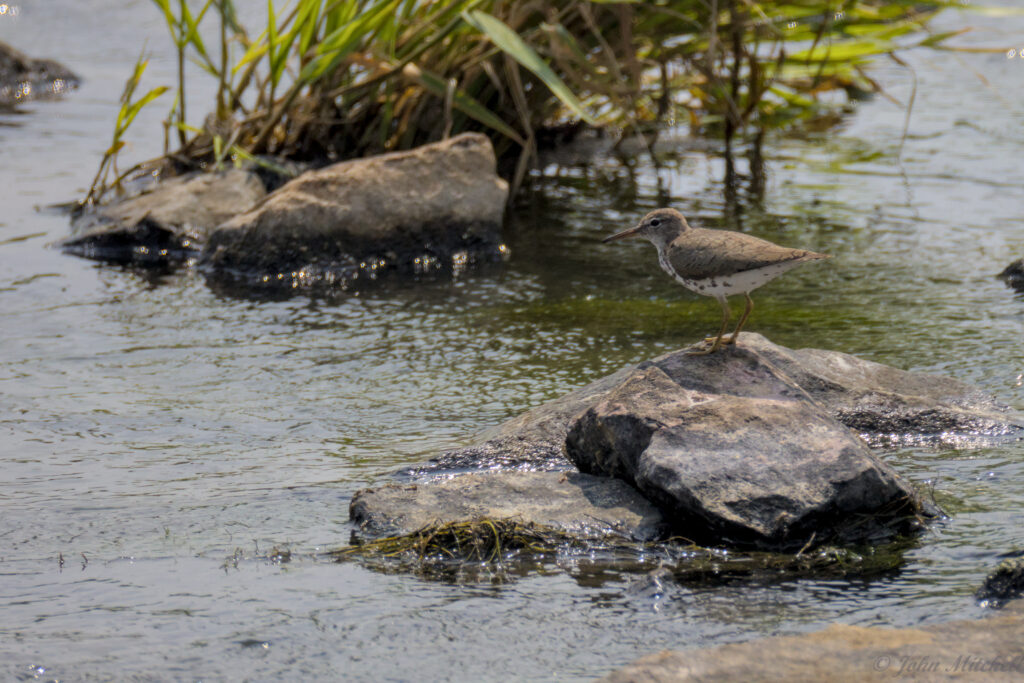
Sparrows, New World (Passerellidae)
The new world sparrows include sparrows along with some finches, towhees, juncos, and buntings. These birds are similar to finches with short conical beaks for seed eating.
Juncos
Junco, Dark-eyed
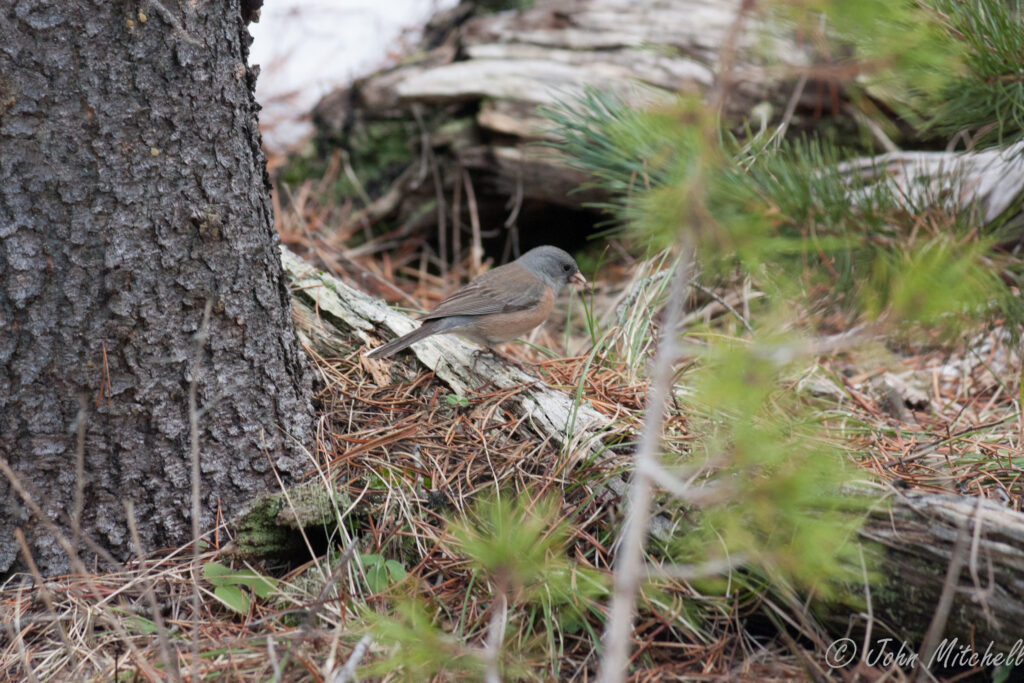
Sparrows
Sparrow, Chipping
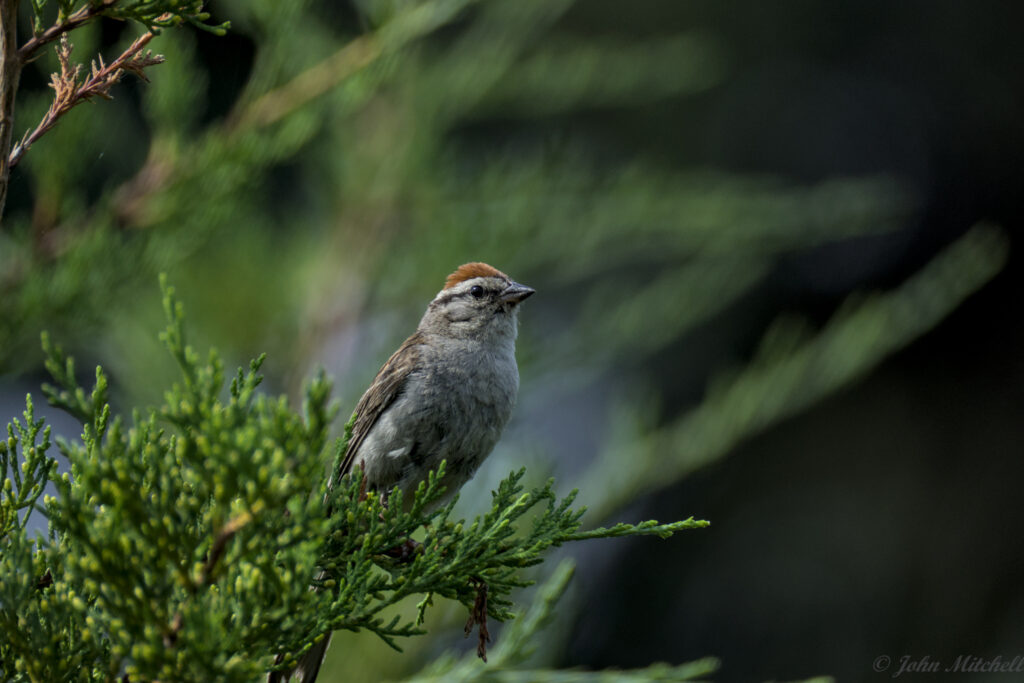
Sparrow, Lark

Sparrow, Savannah
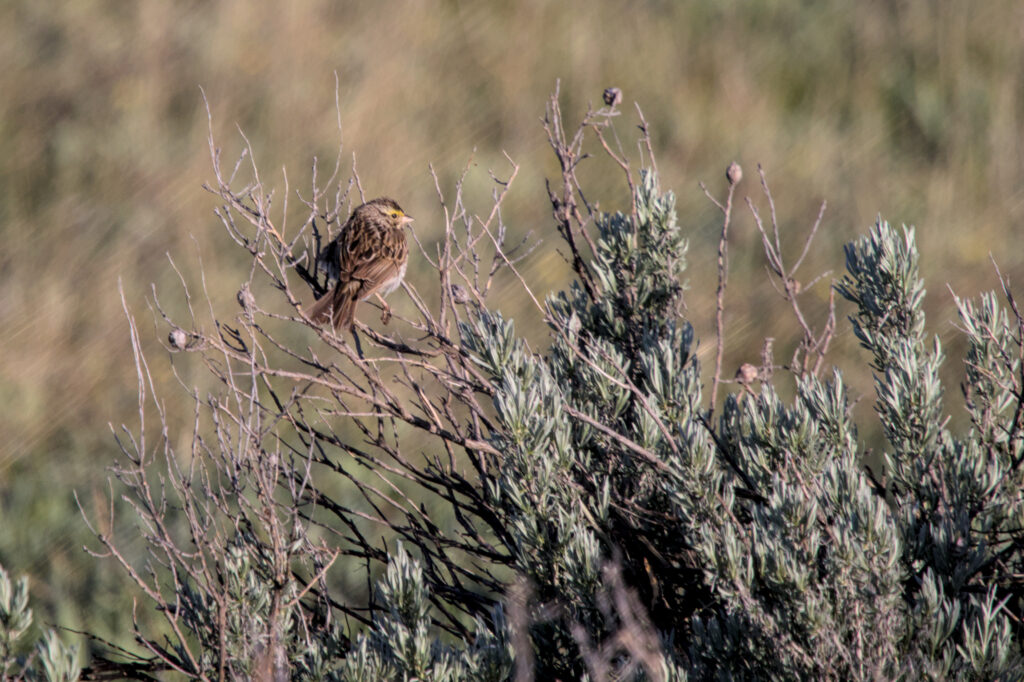
Sparrow, Song

Sparrow, White-crowned
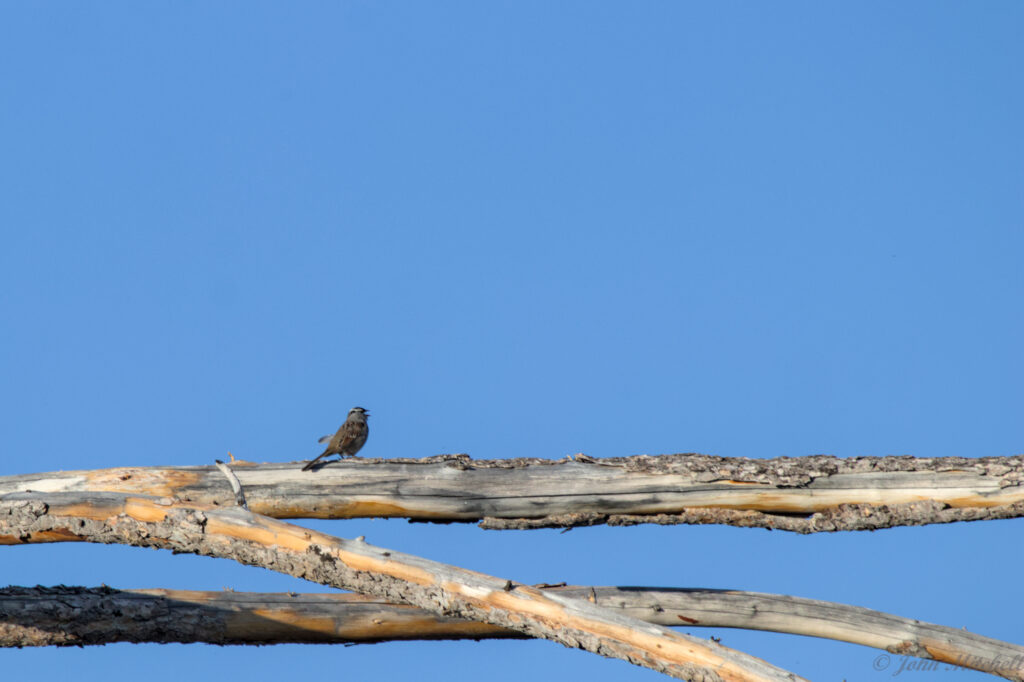
Towhees
Towhee, Spotted
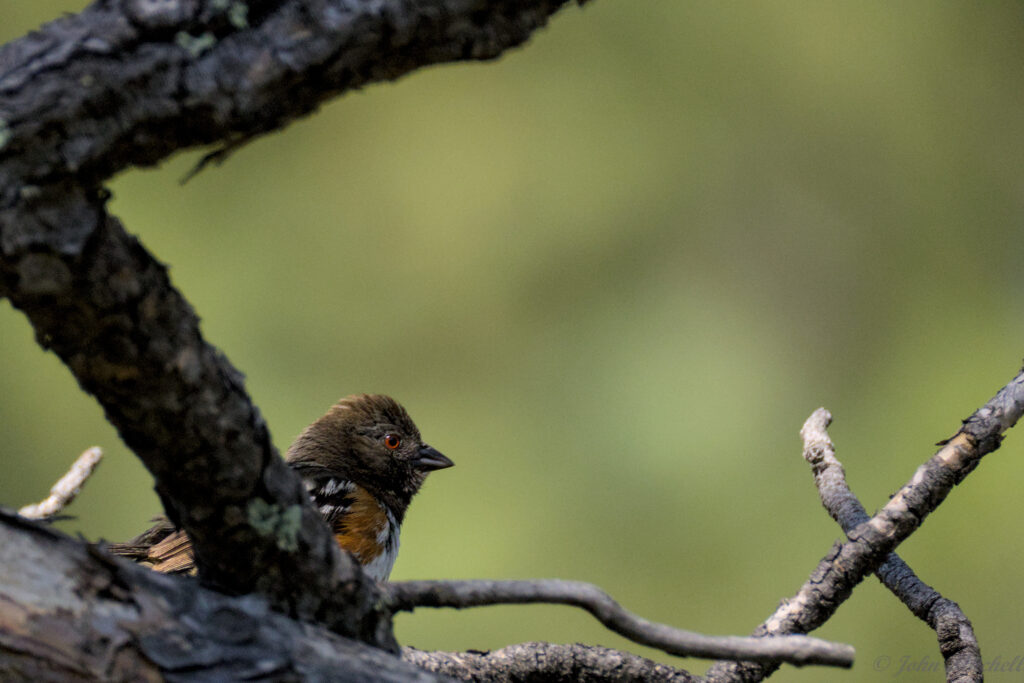
Swallows & Kin (Hirundinidae)
The Hirundinidae family consists of swallows, martins, and saw-wings, but it excludes swifts that are more closely related to hummingbirds. These birds are insectivores that are aerial feeders.
Swallows
Swallow, Barn
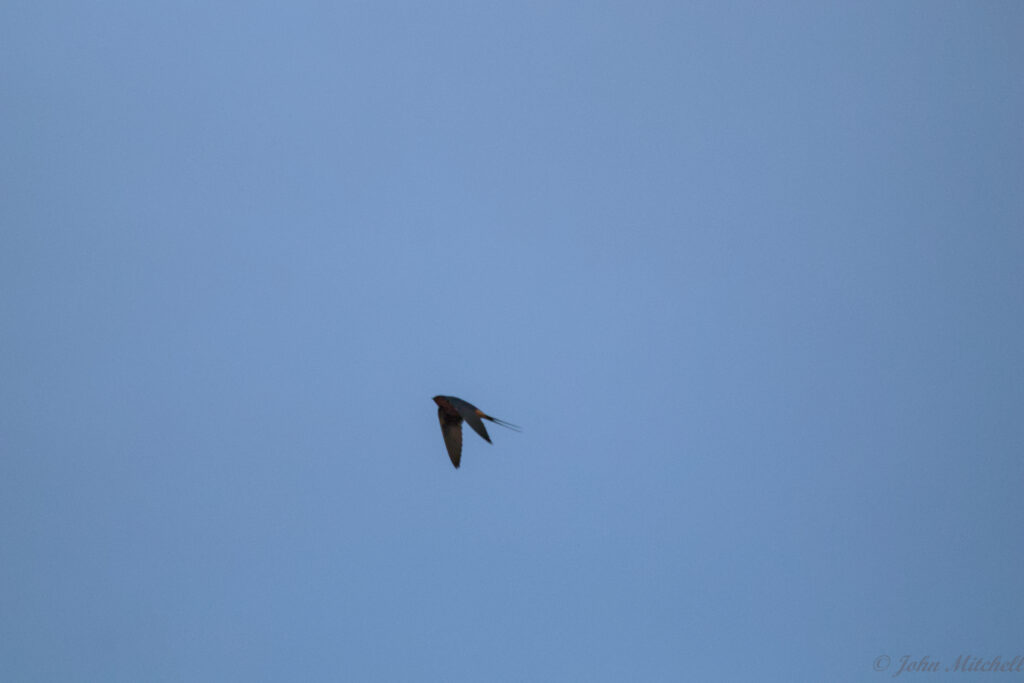
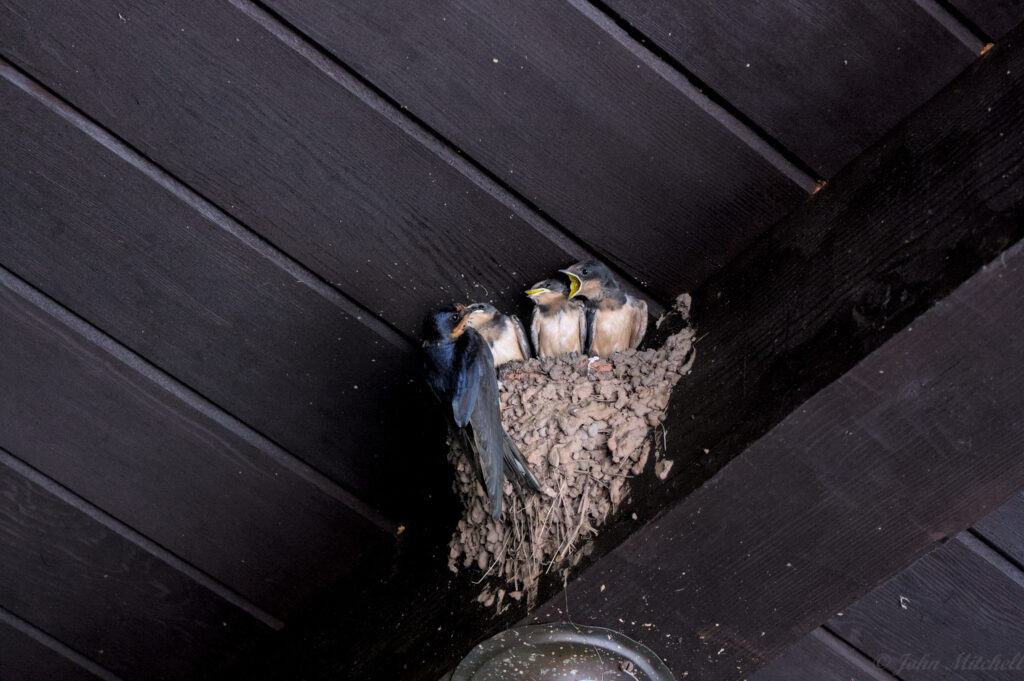
Swallow, Cliff
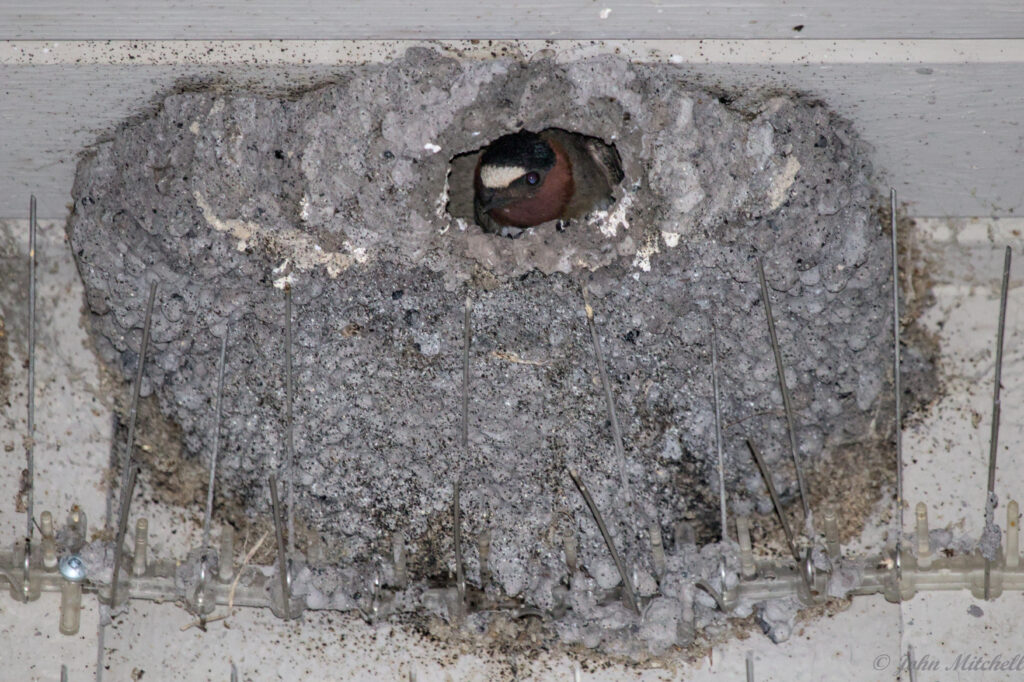
Swallow, Tree
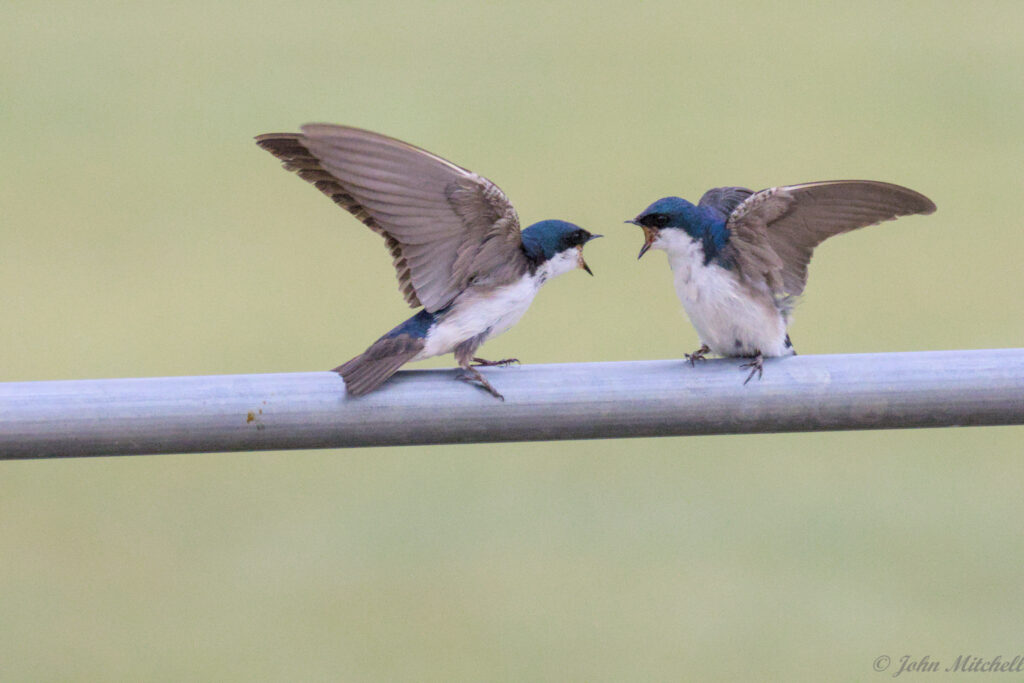
Swallow, Violet-green

Thrushes (Turdidae)
The Turdidae family includes the thrushes, bluebirds, and solitaires. These birds are insectivores that may supplement their diet with berries.
American Robin

Bluebird, Mountain
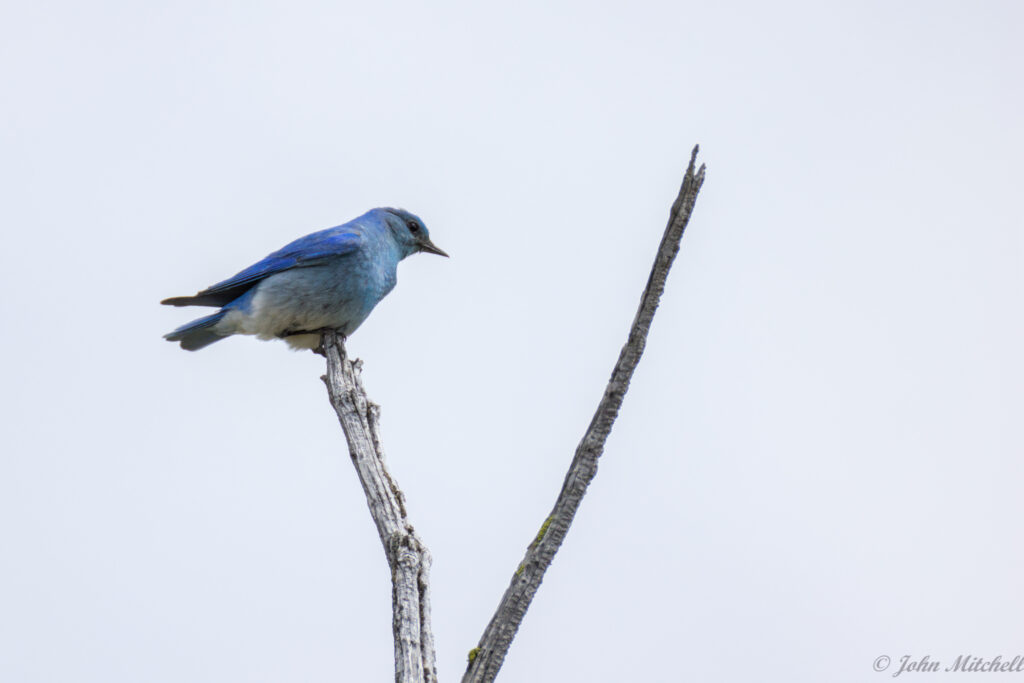

Warbler, New World (Parulidae)
The new world warblers (wood warblers) family include warblers, whitestarts, yellowthroats, and the ovenbird. These were originally classified with the old world warblers. “To warble” means to sing with a trill, but the new world warblers do not trill.
Warbler, Yellow-rumped


Water Ouzels (Cinclidae)
The Cinclidae family is the only ground of truly aquatic songbirds. There are only five species worldwide, and there is only one in North America.
American Dipper

Waxwings (Bombycillidae)
The waxwing family is small, containing only three species. They all have a black eye stripe and feathers that blend to make them appear almost smooth.
Cedar Waxwing
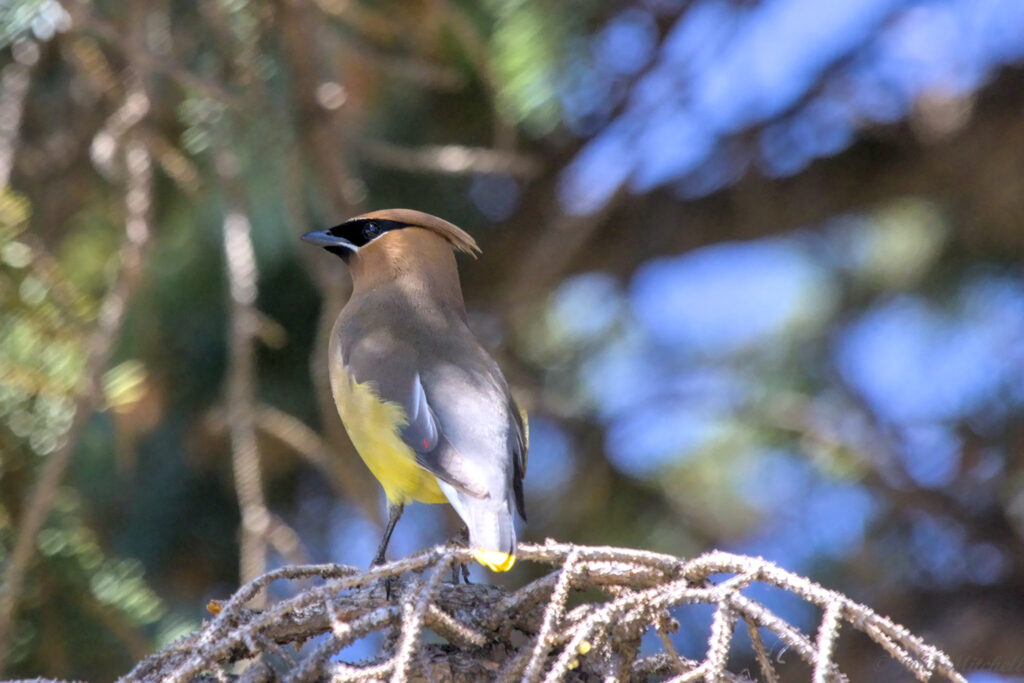
Woodpeckers (Picidae)
The Picidae family includes woodpeckers, flickers, sapsuckers, piculets, and wrynecks. They are primarily known for, well, pecking wood. They do this for food, communication, and nesting. There is even a species that lives in cactus.
Woodpeckers
Woodpecker, Hairy
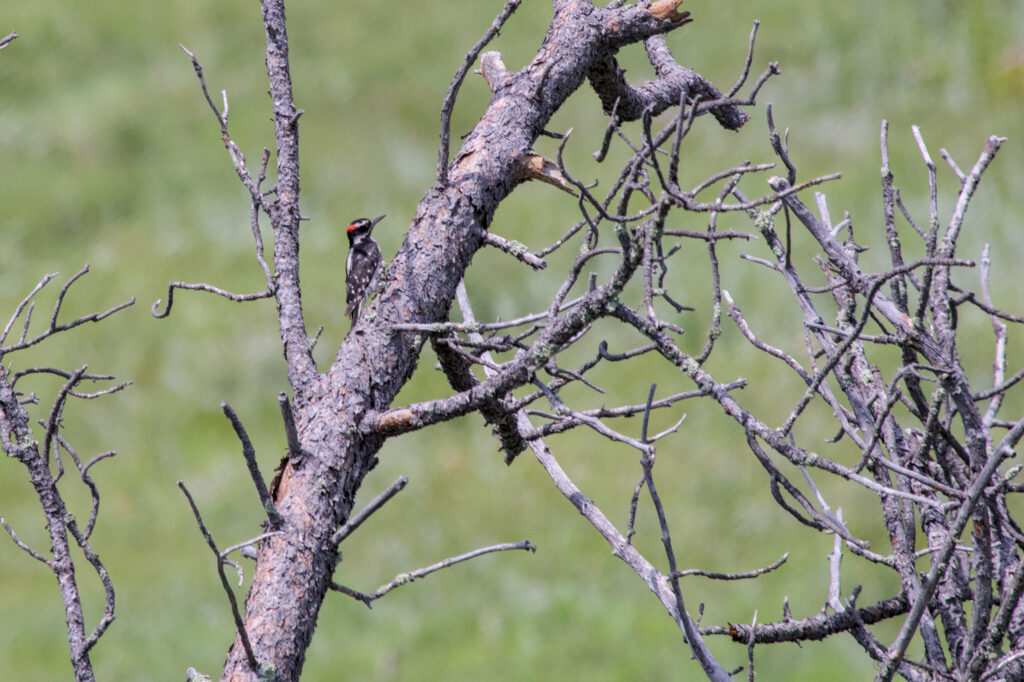
Woodpecker, Lewis’s

Woodpecker, Red-headed
